Introduction
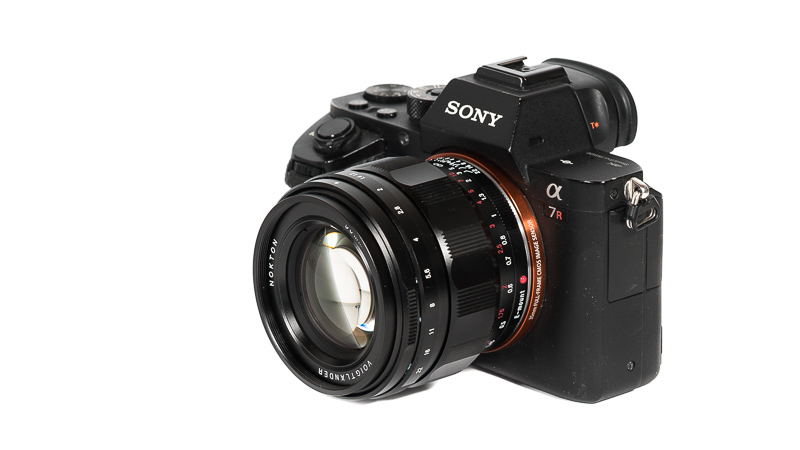
I already reviewed the M-mount version and liked it a lot. Now the native E-mount version has finally been released. Can it hold up to my high expectations?
Sample Images
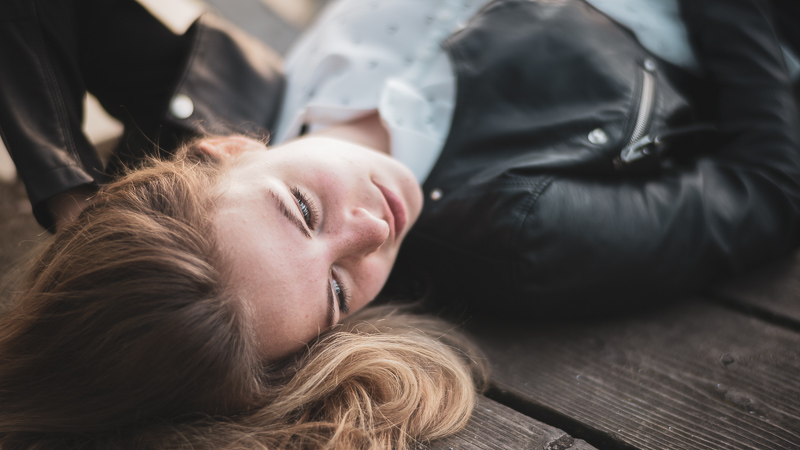
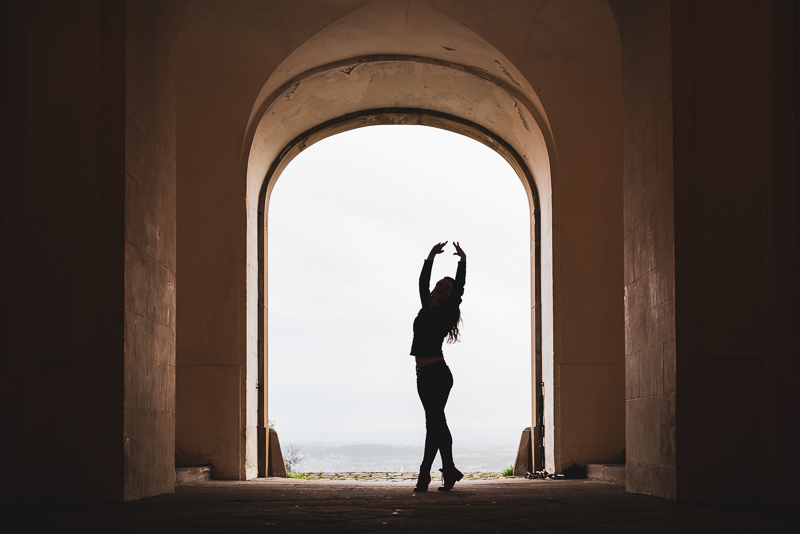
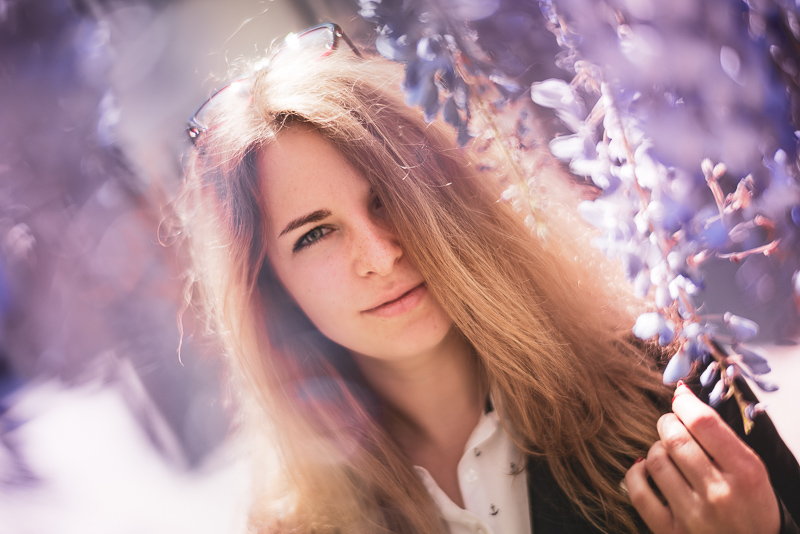
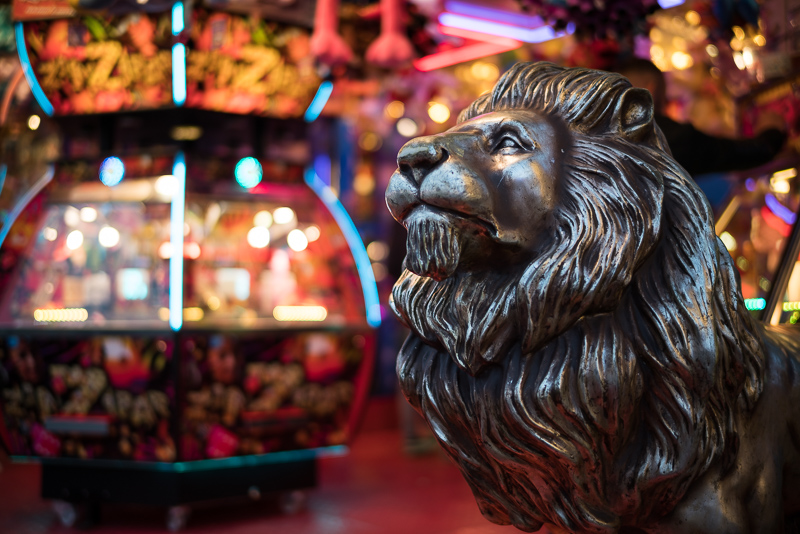

Most of the sample images in this review can be found in full resolution here.
Contents
Specifications / Version History
In 2018 a Leica-M version was released (see our review). At Photokina 2018 we already saw two prototypes for an E-mount version of this lens which was then released in April 2019. This E-mount version has the following specifications:
-
- Diameter: 70 mm
- Field of view: 47.5° (diagonally)
- Length: 58 mm
- Weight: 440g (without hood and caps)
- Filter Diameter: 58 mm
- Number of Aperture Blades: 12 (straight)
- Elements/Groups: 8/6
- Close Focusing Distance: 0.45 m
- Maximum Magnification: 1:6.8 (measured)
- Mount: Sony-E
You may also have a look at the official page.
You can usually find the Voigtlander 50mm 1.2 E on CameraQuest, B&H, Robert White, amazon.com or ebay.com/ebay.de for about $1099/1099€ (affiliate links)
Disclosure
The Voigtlander 50mm 1.2 Nokton E was kindly provided free of charge by Robert White/Flaghead for reviewing purpose for a duration of 4 weeks.
Handling / Build Quality
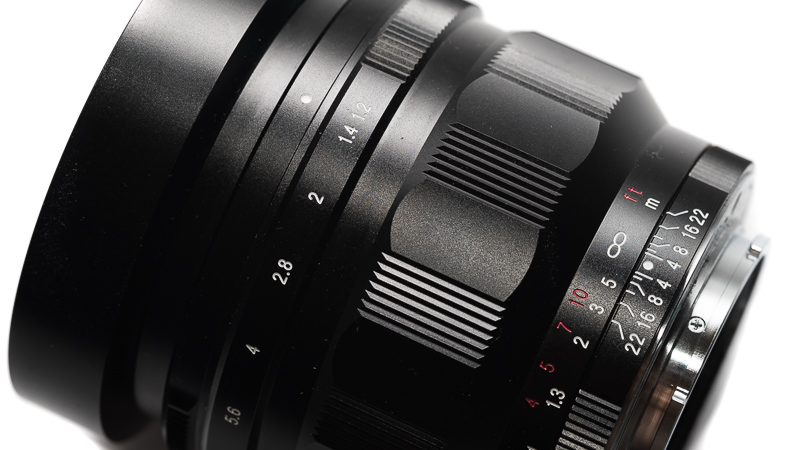
So far none of the Voigtlander lenses disappointed in this category and this holds true for this new 50mm 1.2 E as well. The focus ring has perfect resistance and travels ~160° from the minimum focus distance (0.45m) to infinity.
The aperture ring has 1/3 stop click stops which makes counting the f-stops a bit tedious. It travels about 120° from f/1.2 to f/22. The aperture ring can also be “declicked” which can be useful if you want to use this lens for filming.
Most parts seem to be made from metal and all markings are engraved and filled with paint.
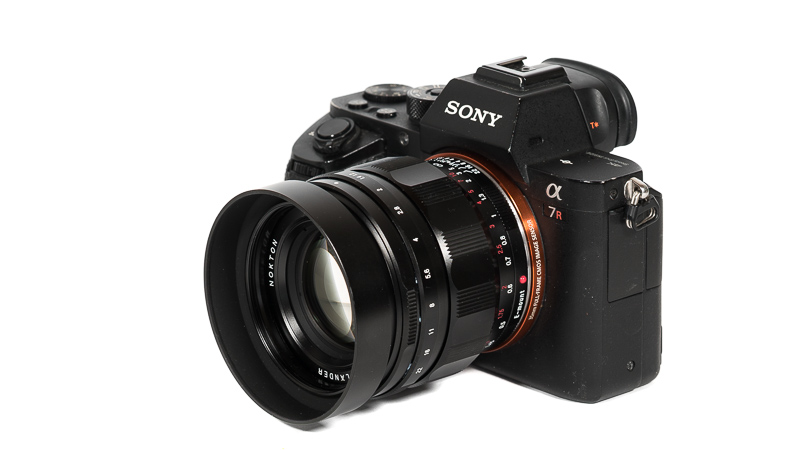
A small screw in metal hood is part of the package, a nice touch is that the hood also features a 58mm thread for attaching filters even when using the hood.
Compared to the M-mount version there are in fact quite a few differences worth noting: the minimum focus distance is now 0.45 instead of 0.7 m, aperture ring click stops are now 1/3 instead of 1/2, the aperture ring can be declicked, the lens gained quite a bit in terms of size and weight (440g instead of 350g + adapter), the filter diameter is now 58 mm instead of 52 mm, you get the hood for free and – obviously – the E-mount version features electronic contacts to communicate exifs and focus distance with your camera.
Vignetting
light falloff
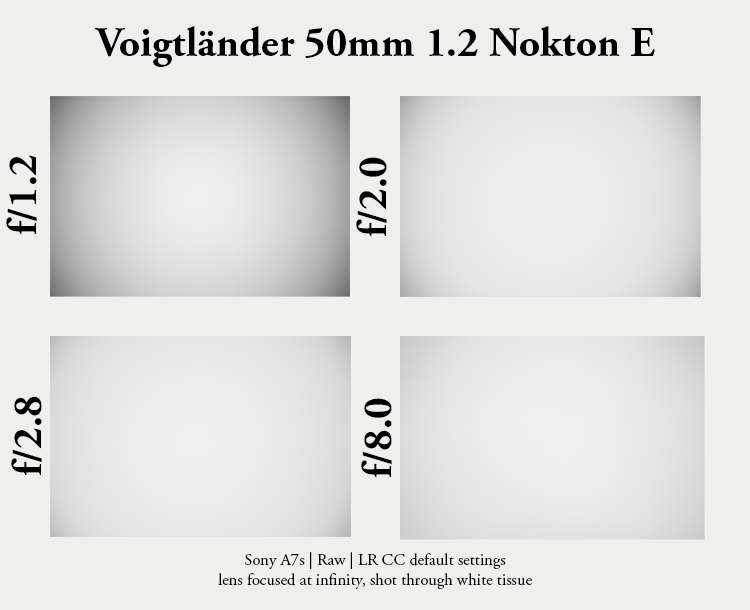
Wide open there is strong light falloff of roughly 3.1 EV, stopped down to f/2.0 this improves to 2.0 EV, stopped down to f/2.8 it is 1.7 EV and further improves to 1.3 EV at f/8.0. These values are comparable to the competition in this class. You can either correct this in Lightroom or directly in camera. There is no Lightroom profile yet, but I expect it to be included in one of the next updates.
Interestingly these values are about 0.3 EV higher compared to the M-Mount version.
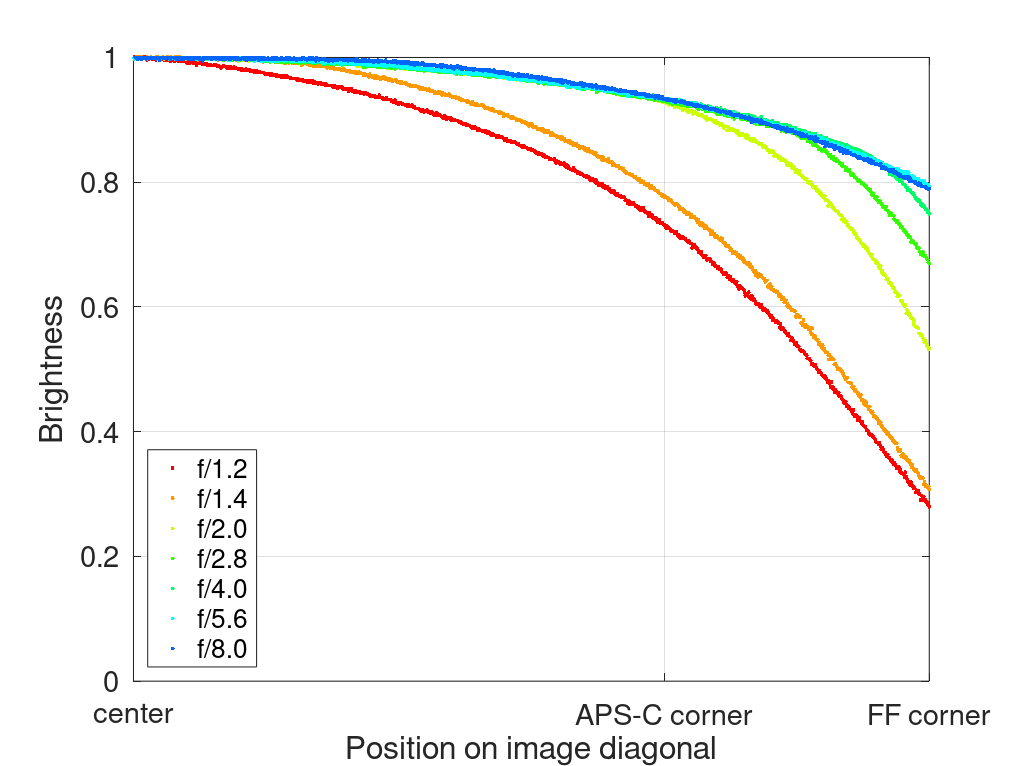
It is recommended to have a look at this article first to get an idea how this brightness graph works.
Optical Vignetting
Very fast yet compact lenses usually show a significant amount of optical vignetting. Without going too much into technical details mechanical vignetting leads to the truncation of light circles towards the borders of the frame.
In the center of the frame almost every lens will render a perfect circle, but only lenses with very low optical vignetting will keep this shape in the corners.
So in the following comparison we move from the center (left) to the extreme corner (right) and see how the shape of the light circle changes.
For comparison’s sake I included the Zhong Yi Mitakom 50mm 0.95 here. I consider this performance average for a lens with these parameters. Nothing has changed compared to the M-mount version here.
This comparison was done at 0.7 m focus distance, you may get slightly different results at other distances.
*The Mitakon does not have a real f/1.2 marking, hence the small difference in size at f/1.2.
Sharpness
infinity
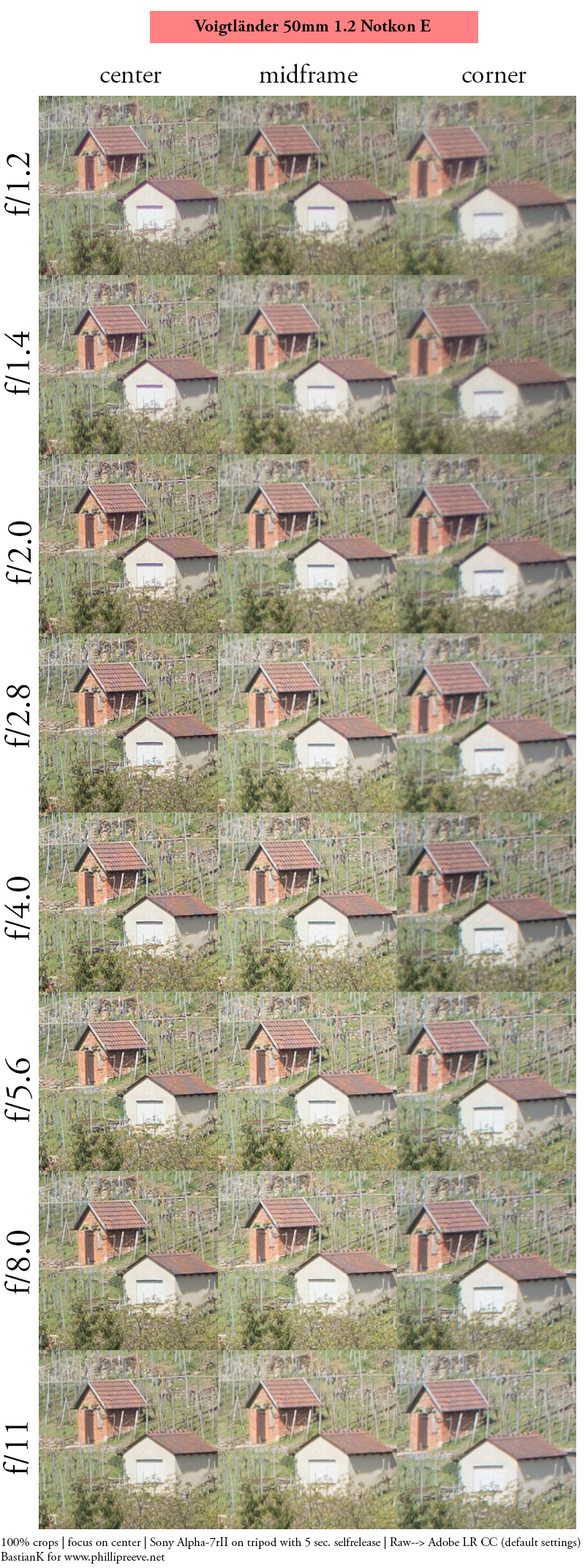
In the center the resolution at infinity is okay at f/1.2, but we can see quite a bit of glow (spherical aberration) and also purple fringing. Midframe and corners are a bit soft but depending on the subject may still be usable.
The center starts to show good resolution figures at f/2.0 and really good ones with very high contrast at f/4.0.
The midframe follows one step behind but the corners really need f/8.0 to show good performance.
Compared to using the M-mount version on a Sony camera, the midframe performance has been improved by about 2 stops and the corners by about 3 stops, meaning the midframe on the E-mount version at f/1.2 looks like the M-mount version at ~f/2.0 and the corners at f/1.2 look like the M-mount version at f/3.5.
But where there is light there is also a bit of shadow: stopped down to f/5.6 it seems to me that the M-mount version has a slightly flatter field, even when used on a Sony camera.
My recommendation stays the same: use f/8.0 if you want best across frame sharpness.
Portrait distance
At wider apertures the Voigtlander shows best sharpness at portrait distances. I have no reservations to use it wide open for any purpose here (head, head-and-shoulder or full-body).
The rather high contrast wide open also makes it easy to focus, much easier than e.g. the Zhong Yi 50mm 0.95 III.
Close (0.45 m, 1:6.8)
100% crops from center, A7rII, because of focus shift (see corresponding section) I refocused for every shot.
Similar to many other (especially fast) lenses without a floating elements design the performance wide open at the minimum focus distance ain’t that great (unless you are after a dreamy look).
But stopping down to just f/2.0 improves the performance significantly.
The minimum focus distance has been improved compared to the VM version, apart from that the performance is pretty much the same here.
In this comparison you can see how this translates into real life pictures:
The f/1.2 shot has smoother bokeh but it is also a bit soft with noticeable glow. Stopping down to f/2.0 increases resolution and contrast significantly and reduces the amount of some of the optical aberrations.
Flare resistance
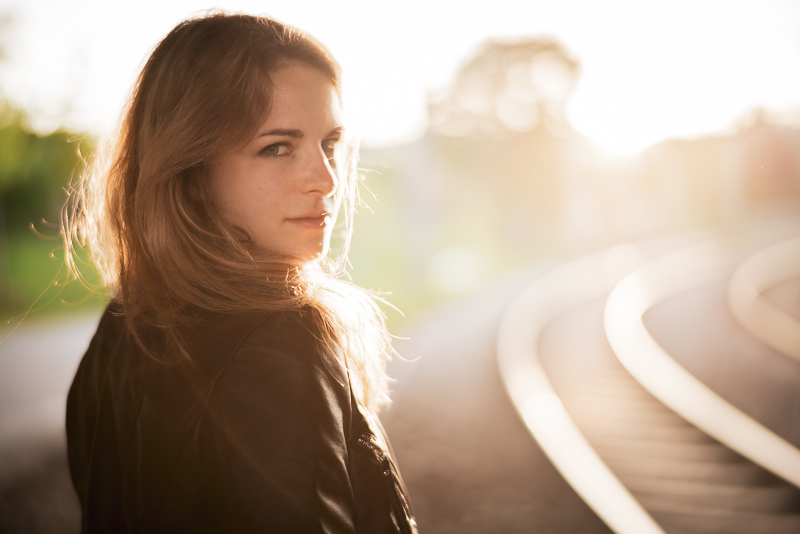
Flare resistance is actually pretty good, most of the time you can just shoot directly into the sun and you will neither have problems with a loss of contrast nor ghosting. Only sometimes you may encounter rather small and unobstrusive ghosts (magenta cirlce) that shouldn’t ruin your image.
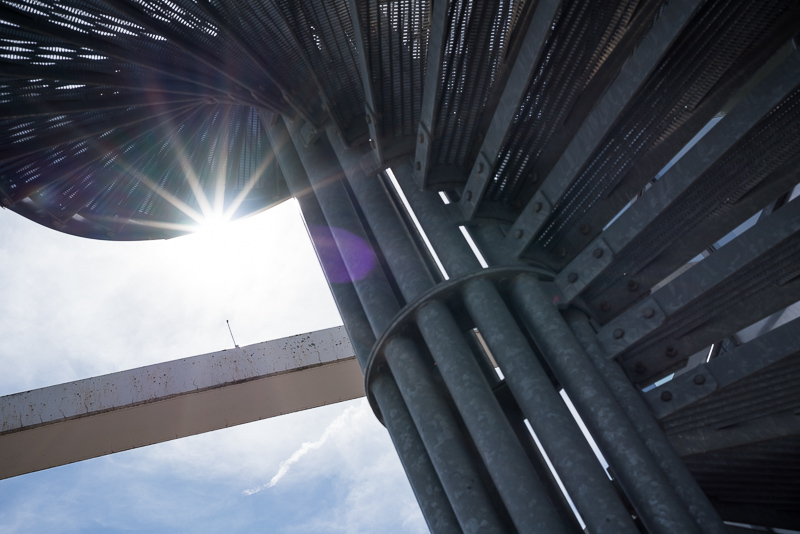
Even with the sun close to the corner of the frame (where many lenses struggle) the issues are minor. There is just one position where you can get a rather strong flare, but this is a staged situation and the slightest change in framing will make it go away.
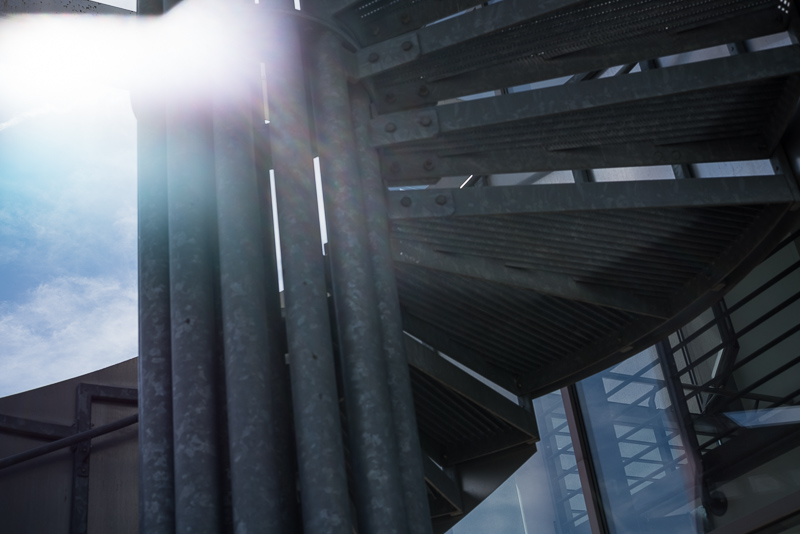
What I didn’t notice with the M-mount version is that wide open the performance is slightly worse, here you can sometimes catch a very big ghost reducing the saturation in some parts of the frame:
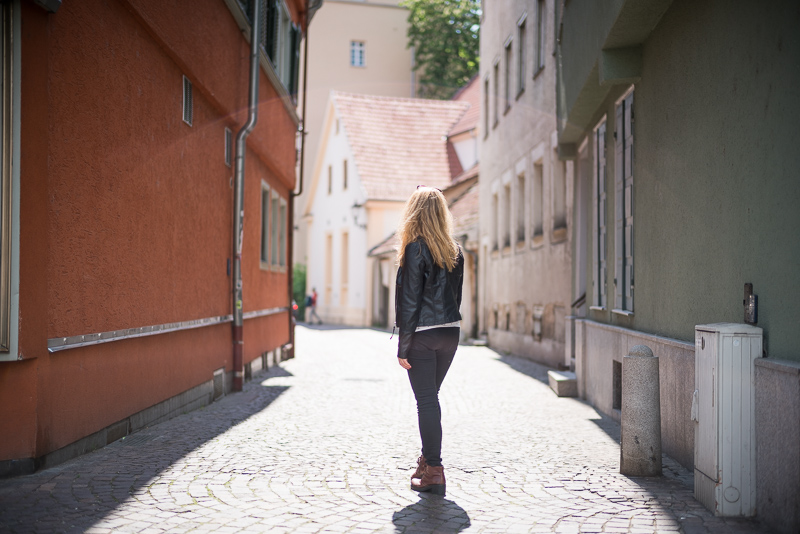
In terms of flare resistance still one of the best 50mm lenses I had the pleasure to use so far. Considering the big front element and the very fast maximum aperture this is especially praiseworthy.
Coma
Between f/1.2 and f/2.0 there is noticeable coma. Stopping down to f/2.8 improves the performance significantly and by f/4.0 it starts to look really good.
Also note that I focused on the corners for these shots, if you focus on the center the corners will look slightly worse.
I see an improvement between 1 and 2 stops compared to the M-mount version, but this is still not a lens I would recommend for astrophotography at apertures wider than f/2.8.
100% crops from extreme corner, focused on corner, A7rII
Distortion
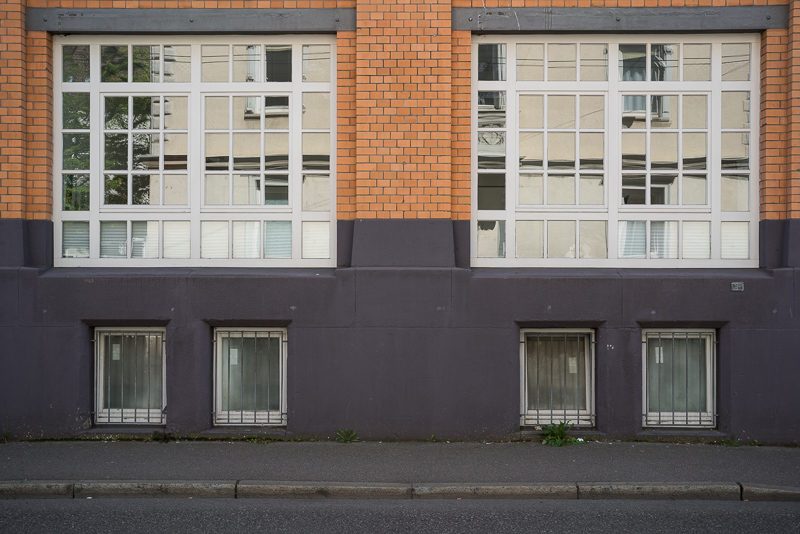
The Voigtlander 50mm 1.2 E shows an almost unnoticeable amount of pincushion distortion and only so in the corners. This will barely be visible in real life shots.
Bokeh
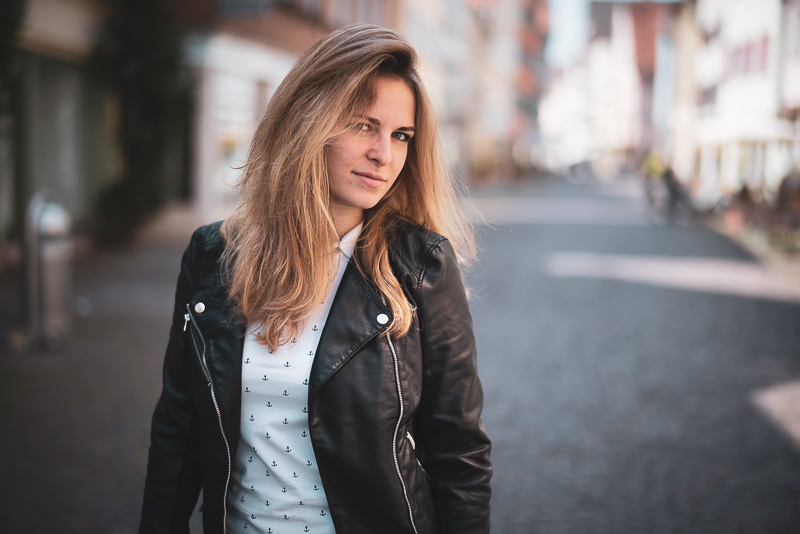
Only few 50mm lenses feature a smooth bokeh rendering, but this one did surprise me in a positive way. As we have seen in the sharpness and coma sections there is a bit of under corrected spherical aberration at wider apertures which usually leads to a smoother bokeh rendering.
At most distances the bokeh is indeed very smooth, but especially so when you are a bit closer to your subject. You can also see the glow (spherical aberration) behind the plane in focus which is responsible for the smooth blur:
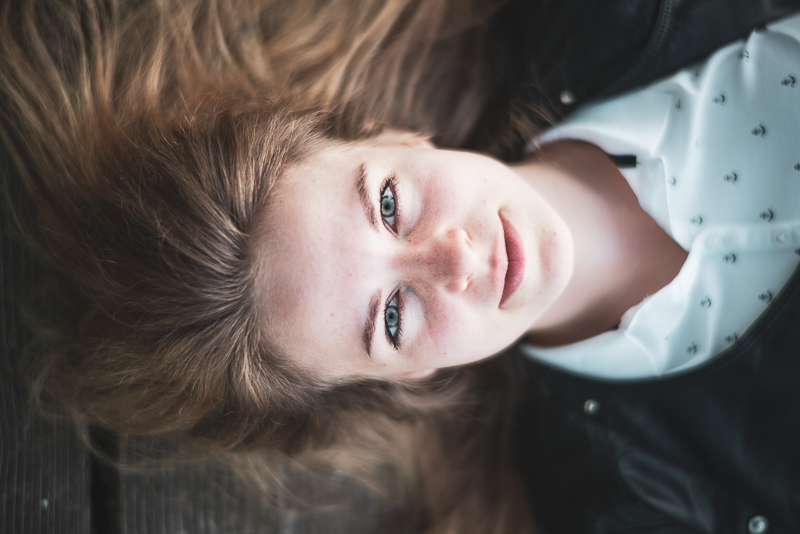
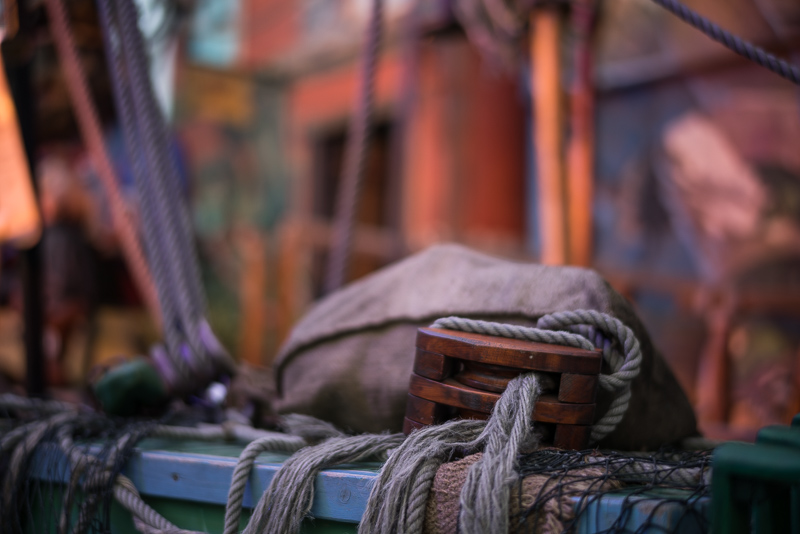
When focusing on something a bit further away it still holds up pretty well:
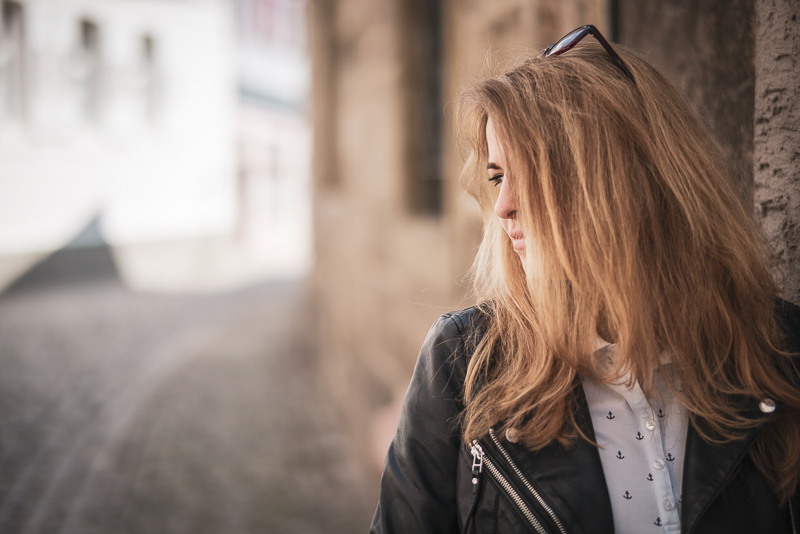
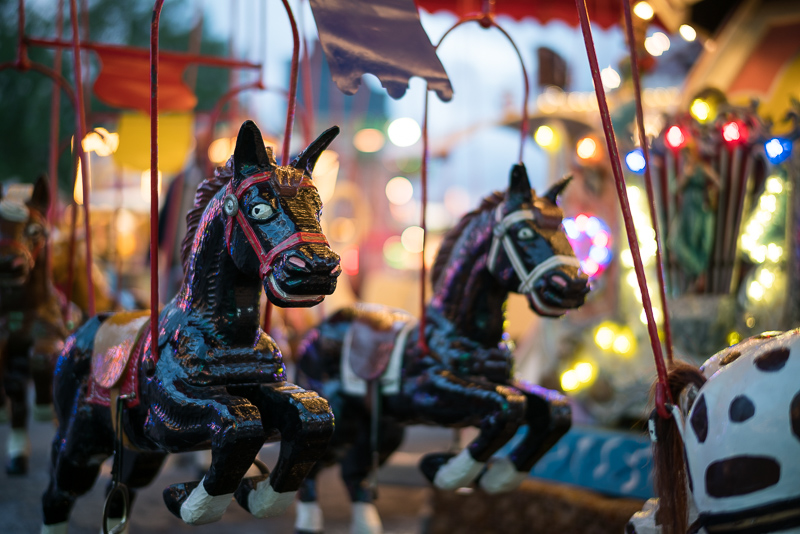
Even at such long distances the fast maximum aperture lets you throw the background out of focus quite nicely. If you look for it you may see some signs of double edged structures in the transition zone, but only very few 50mm lenses will give a smoother rendering.
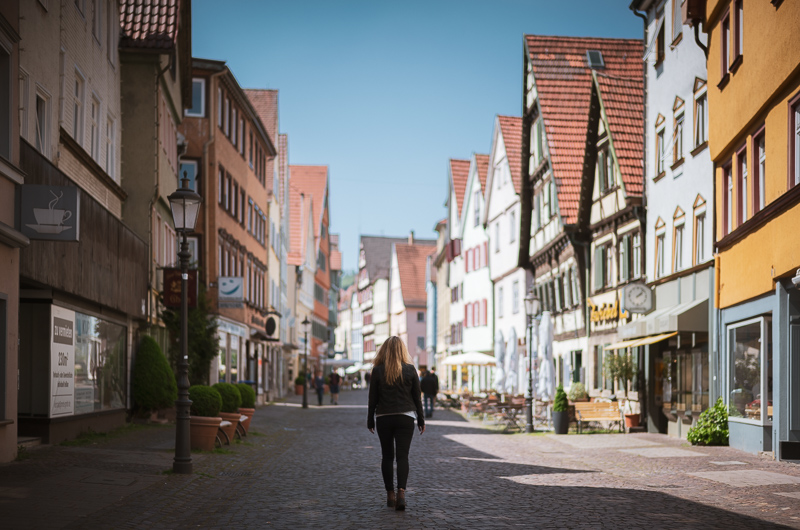
The rest of this section has been taken from my review of the M-mount version as nothing has changed here.
What I didn’t like about the Voigtlander 40mm 1.2 Nokton E were the sometimes distinct onion rings in light circles. Despite a seemingly similar design these are pretty much completely absent here:
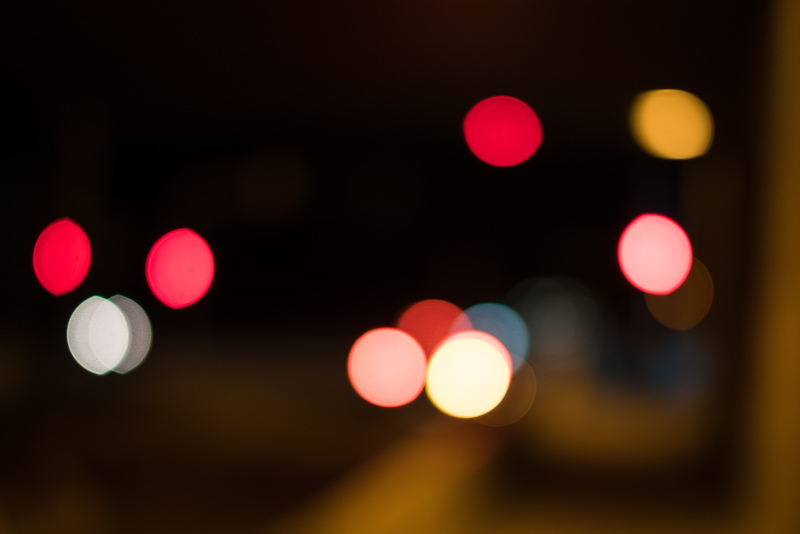
So all in all (but without having performed a direct comparison) I like the bokeh rendering of the 50mm 1.2 a bit more than that of the 40mm 1.2.
Even in the out of focus areas you can see the slightly undercorrected spherical aberration (glow) at f/1.2. This goes away when stopping down to f/2.0 or further.
Despite the straight blades you can rarely see poing light sources are rendered as 12-sided figures instead of circles.
You can have a look at my review of the M-mount version to see a bokeh comparison with the Zhong Yi Mitakon 50mm 0.95 II.
Sunstars
Unlike the other Voigtlander E-mount lenses we reviewed so far the Voigtlander 50mm 1.2 E features 12 instead of 10 straight aperture blades, nevertheless the sunstars are well defined between f/2.0 to f/16. If you want to know more about sunstar rendering of different lenses have a look at this article.
You can also see the noticeable spherical aberration at f/1.2 and f/1.4 in these shots.
As nothing has changed here I am reusing the section from my review of the M-mount version.
100% crops from center, A7rII
Chromatic aberration
lateral
100% crops from corner, A7rII
There are only minor lateral CA visible that are easily corrected either in camera (for Jpegs) or in a raw developer like Lightroom by one click.
longitudinal
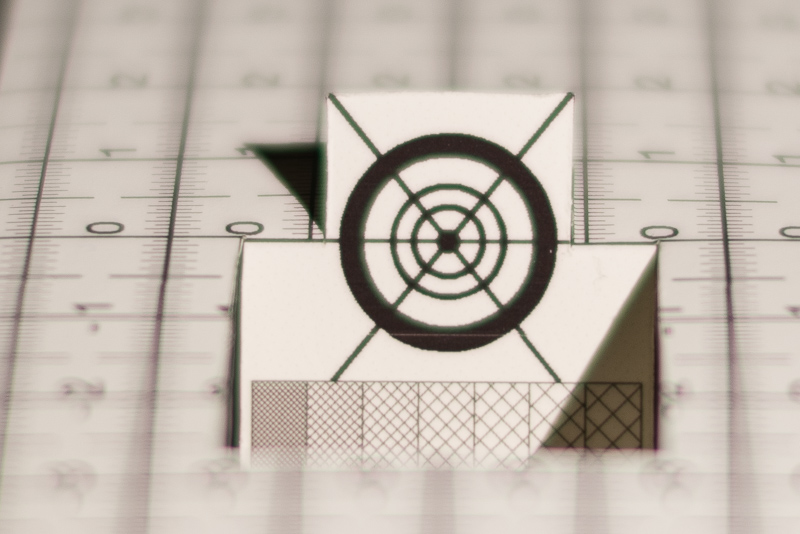
In close up scenarios there is only a bit of green behind and magenta in front of the focal plane visible, but this aberration is masked by spherical aberration quite a lot when shooting at wider apertures here.
In very demanding scenes like the one below you can spot loCA even in smaller prints, but this is still in line with what is to be expected from a very fast lens like this.
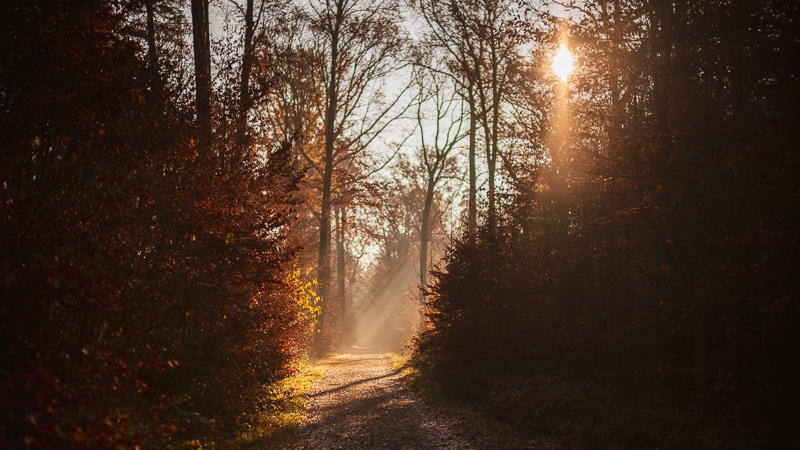
No changes to M-mount version here either. But my sample to illustrate this from the M-mount version is better, so I keep using that one.
Focus shift
50% crops, A7rII
When stopping down the plane of optimal focus shifts to the back, so you have to focus a bit closer for best performance. I recommend focusing at working aperture with this lens to get best results. At close distances even at f/4.0 the difference is still noticeable, at infinity it is less noticeable.
Pretty much the same as M-mount version, no surprise.
Alternatives
Voigtlander VM 50mm 1.2 Nokton:
Is there still a reason to get the M-mount version? Maybe there is. Optically you are giving up very little when using the the M-mount version on a Sony camera (mostly corner sharpness at infinity at wider apertures and electronic contacts) but the lens is slightly smaller/lighter and when coupled with a helicoid adapter focuses closer. If you are using Sony and Leica cameras side by side this is definitely an option worth considering.
Voigtlander 40mm 1.2 Nokton E:
I would only recommend to get this 40mm lens if you prefer its focal length.
In terms of bokeh rendering and across frame sharpness I prefer the 50mm.
Sony/Zeiss 50mm 1.4 ZA:
If you want a combination of nice bokeh rendering and AF this is your best bet. Haven’t used it personally yet.
Zhong Yi Mitakon 50mm 0.95 II or 50mm 0.95 III:
If all you are after in a 50mm lens is smooth bokeh rendering these lenses are what you are looking for. But be aware: they are big, heavy and the flare resistance as well as across frame sharpness are much worse.
Zeiss Loxia 50mm 2.0:
This is your other native 50mm lens with electronic contacts. It came down in price a bit since release and especially used is more affordable. I consider this being one of the best choices for stopped down landscape or achitecture photography, so if you are not interested in the faster aperture or nicer bokeh of the Voigtlander 50mm 1.2 E this may be worth a look.
I did not perform a direct comparison, but I expect the Loxia to show slightly better performance in the corners stopped down.
Voigtlander VM 50mm 1.1 Nokton:
Haven’t tried this one myself yet, but I expect the newer f/1.2 version to be a better performer in pretty much every regard.
7artisans 50mm 1.1:
This is more of a special purpose lens with a very distinct bokeh rendering between f/1.1 and f/1.4. It also is a bad performer for across frame sharpness at infinity.
Olympus OM Zuiko 50mm 1.2:
A much cheaper 50mm f/1.2 from 35 years ago with less smooth bokeh rendering.
Conclusion
good
|
average
|
not good
|
I already liked the M-mount version of this lens a lot and now I see that my list of cons for the E-mount version is even shorter.
Let me start with the bokeh: in many ways this reminds me of the Sony FE 85mm 1.4 GM, which I still consider having the best bokeh rendering of all lenses I tried. Why is that so?
At f/1.2 and f/1.4 where you set your focus the image is sharp and contrasty (especially at portrait distances) but right behind that there is a lot of undercorrected spherical aberration (glow) that will make the out of focus areas appear very smooth, undistracting and (at least in my case) pleasing to the eye.
Midframe and corner sharpness at wider apertures has been vastly improved. Personally I would have hoped for a slightly better across frame sharpness at f/4.0 and f/5.6, but I usually use f/8.0 for these applications anyway, so no big loss.
At f/8.0 this 50mm 1.2 is more than good enough for any landscape or architecture application where you need good across frame performance, yet at the same time it is a great lens for portraiture or other shallow depth of field applications featuring such a fast maximum aperture.
I don’t really need a(nother) 50mm lens at the moment, yet it is still hard for me not to buy this lens. It is that good. Considering speed, size, bokeh and image quality stopped down this is the best allround manual 50mm lens I have seen so far.
Most people will be much happier with this one than any other manual 50mm lens, including the Zeiss Loxia 50mm 2.0 and all the adapted M-mount options, if the price is no hurdle.
You can usually find the Voigtlander 50mm 1.2 E on CameraQuest, B&H, Robert White, amazon.com or ebay.com/ebay.de for about $1099/1099€ (affiliate links)
Sample Images
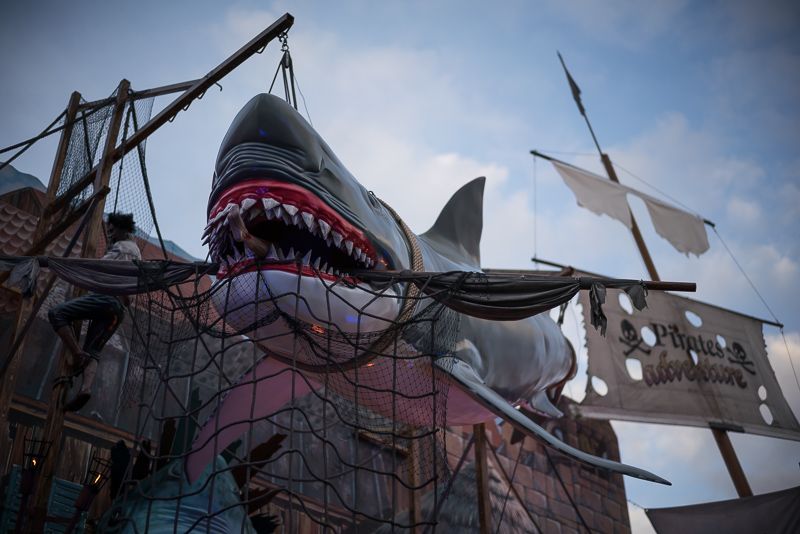
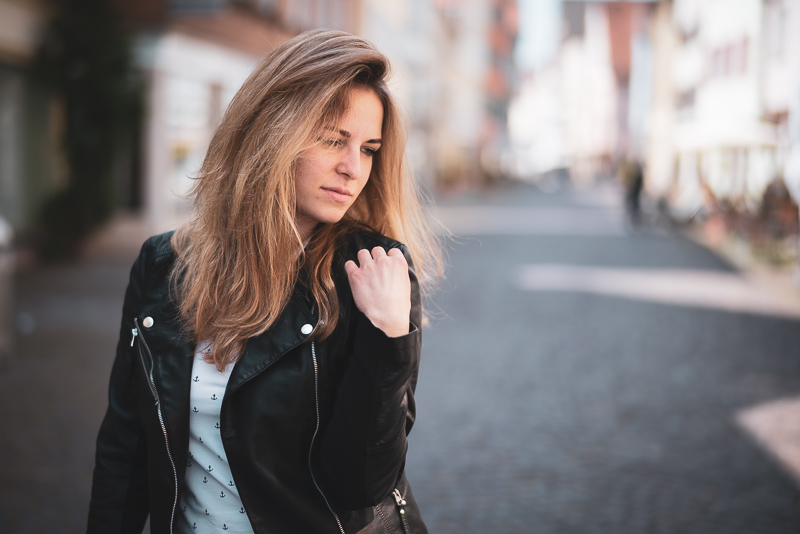
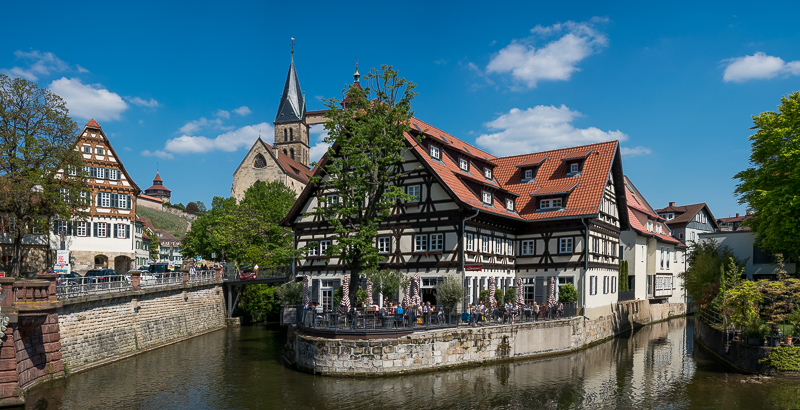
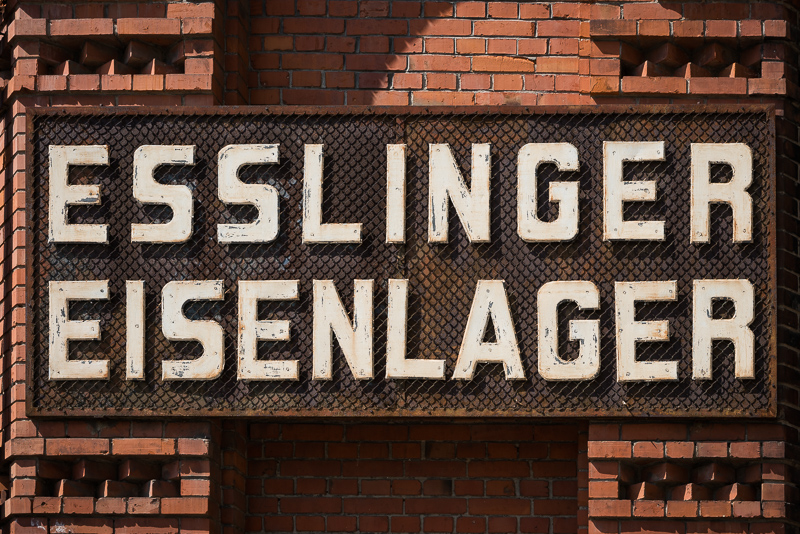
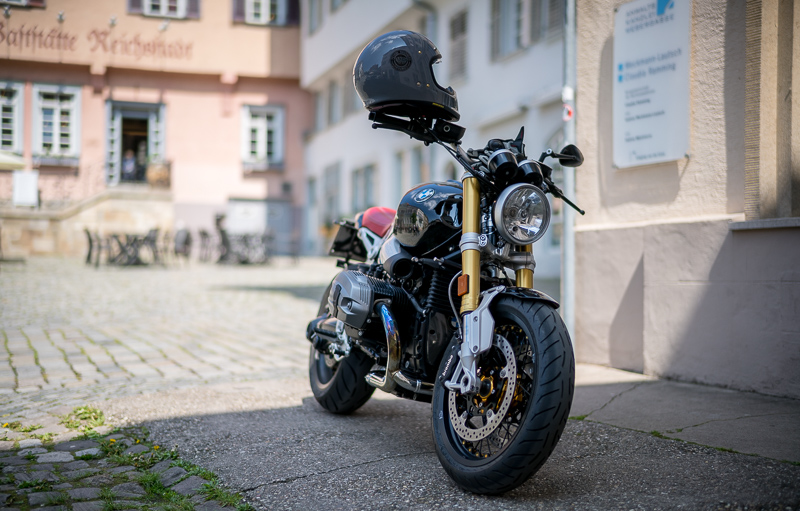
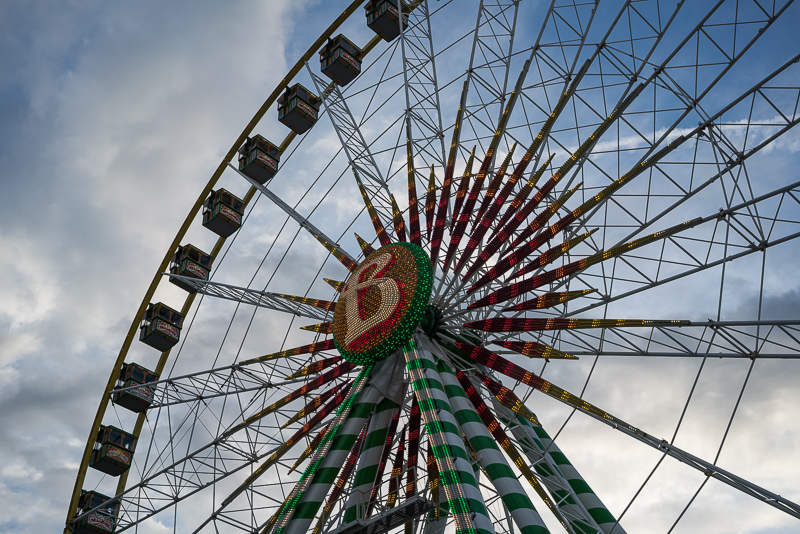
Most of the sample images in this review can be found in full resolution here.
Further Reading
- Sony FE lenses: Our comprehensive and independent guide
- Sony FE lenses: Our guide to portrait lenses from 85 to 135mm
- Review: Sony FE 85mm 1.4 GM
- Review: 7artisans 28mm 1.4 FE+
Support Us
Did you find this article useful or just liked reading it? Treat us to a coffee!
![]()
![]()
![]() via Paypal
via Paypal
This site contains affiliate links. If you make a purchase using any of the links marked as affiliate links, I may receive a small commission at no additional cost to you. This helps support the creation of future content.
Latest posts by BastianK (see all)
- Review: Thypoch 21mm 1.4 Simera - July 12, 2025
- Review: SLRmagic 50mm 0.95 Hyperprime LM - July 5, 2025
- Full Resolution Pictures getting fixed - July 4, 2025





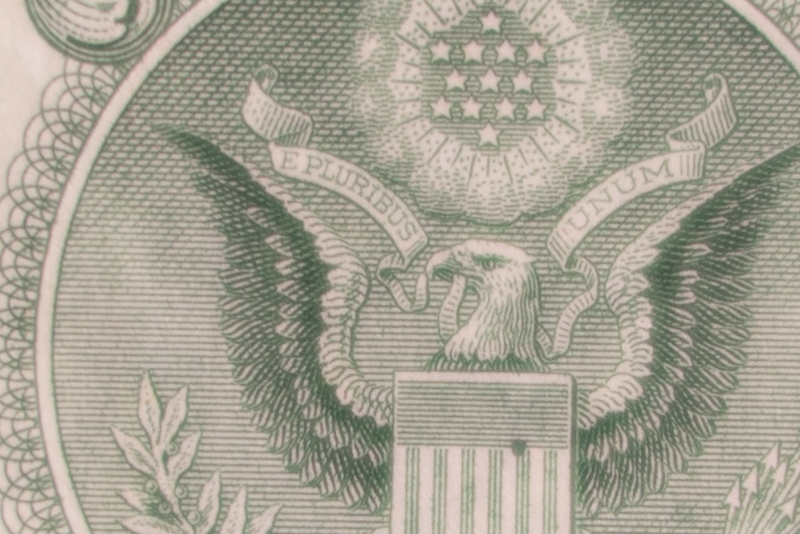
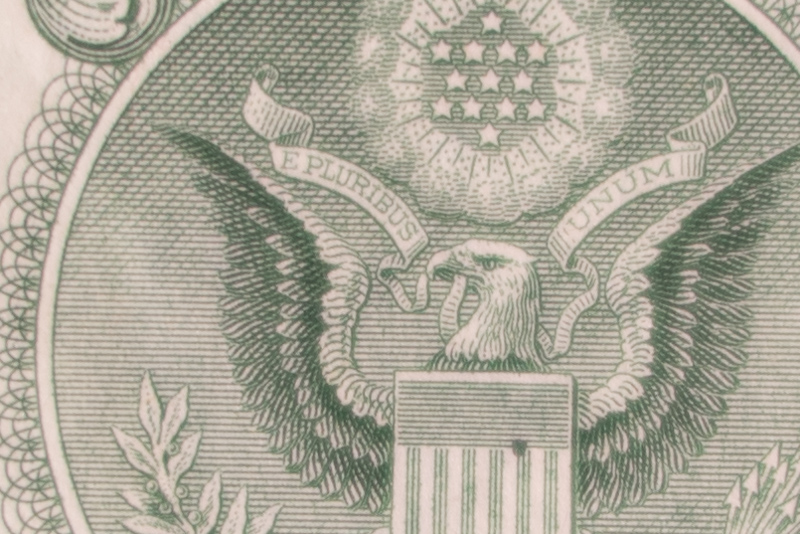
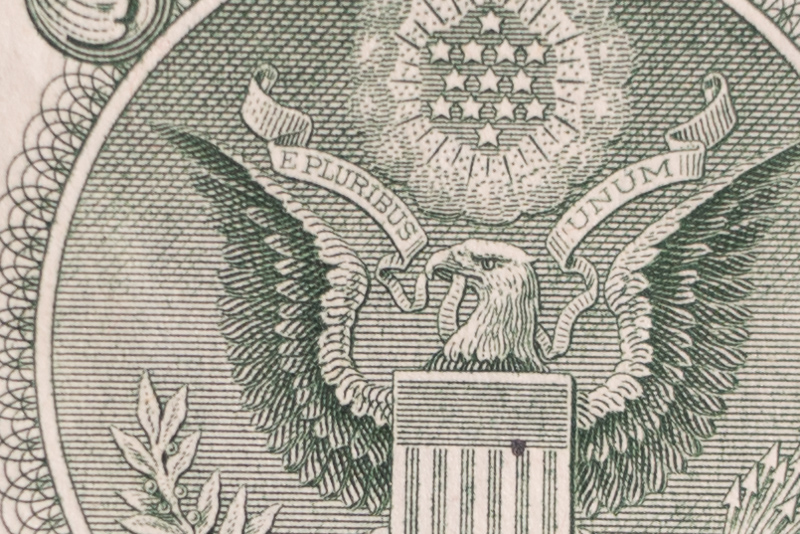
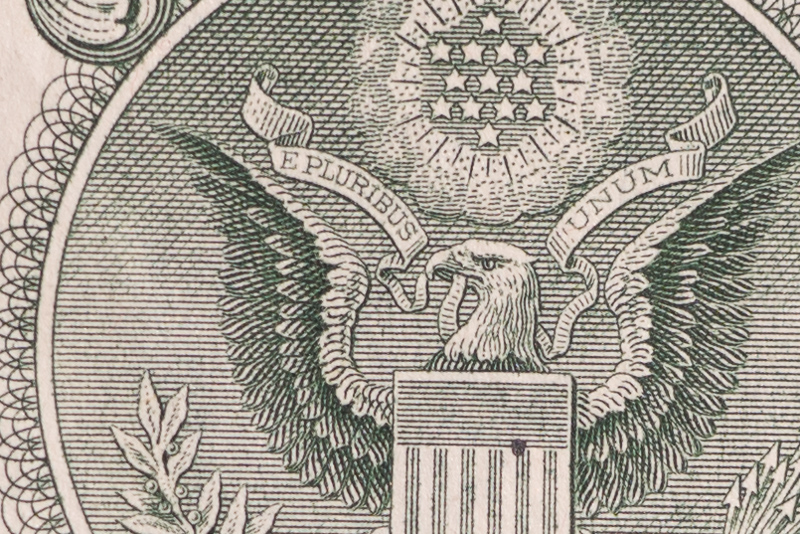
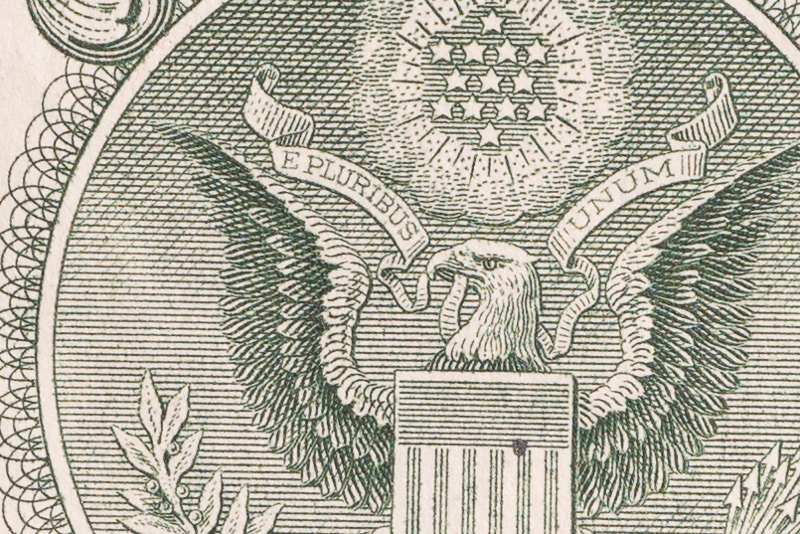



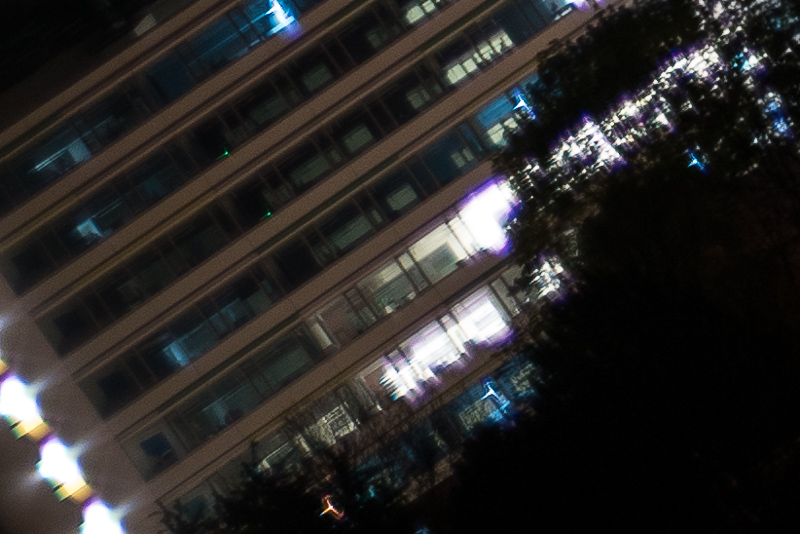
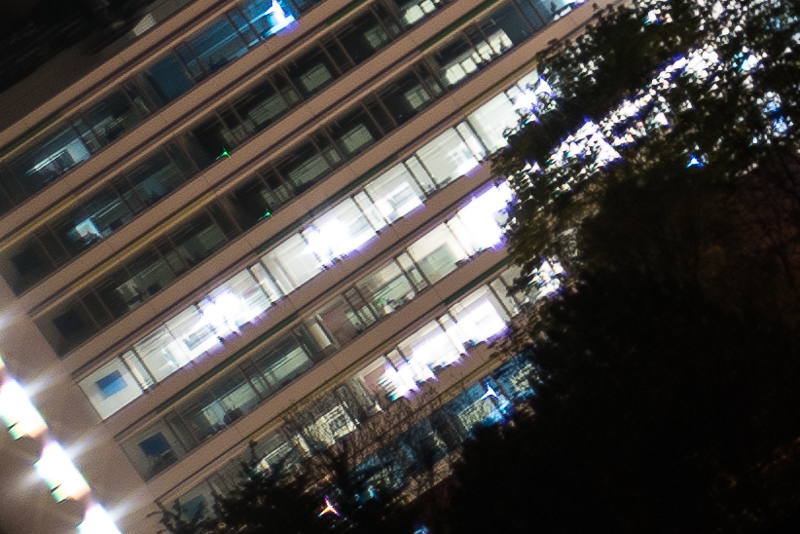

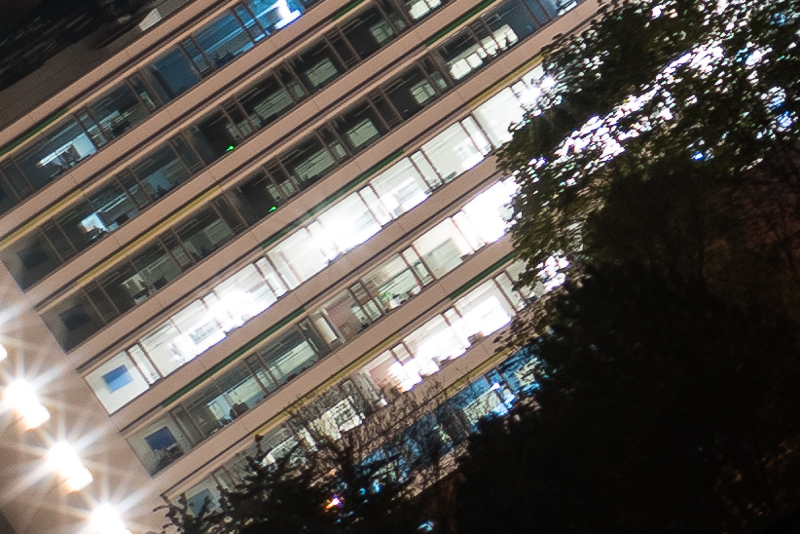
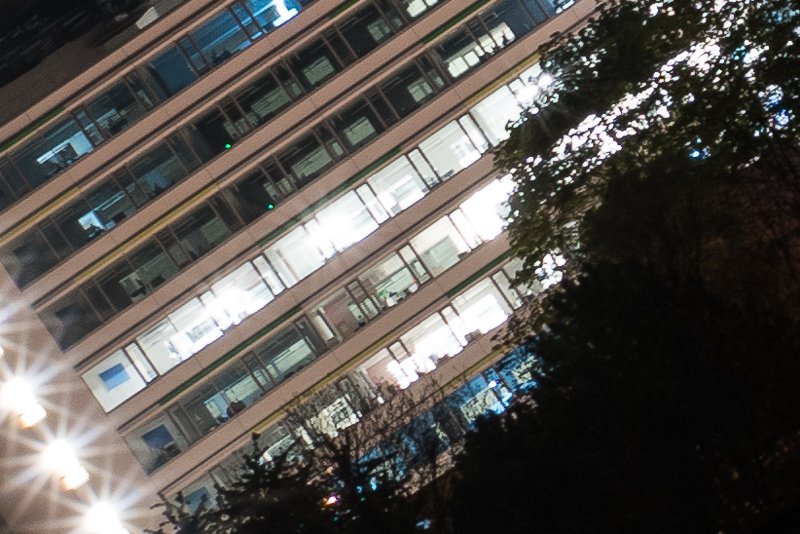
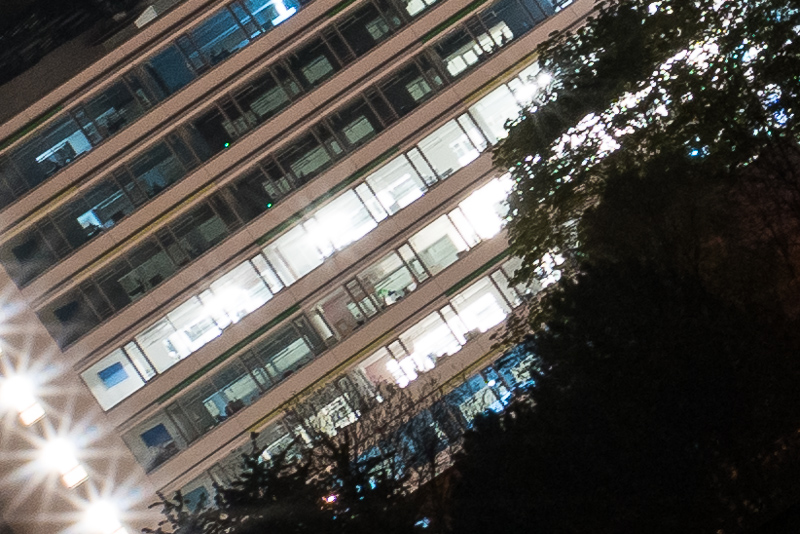
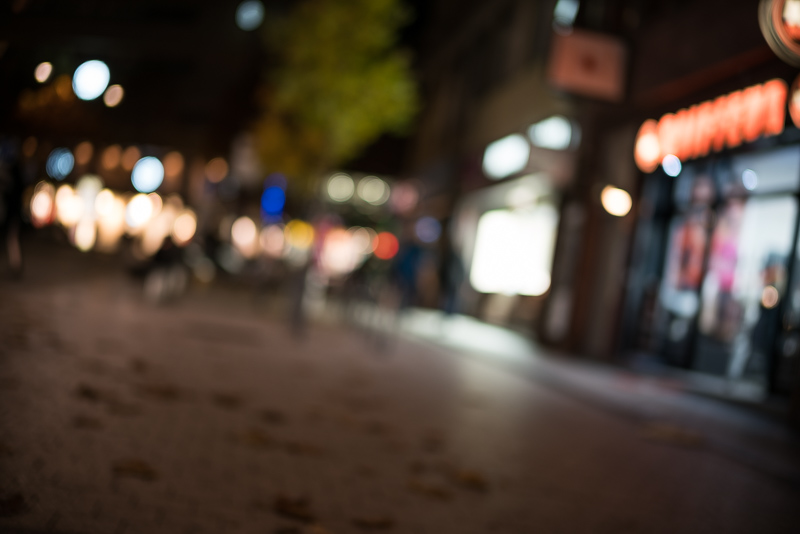
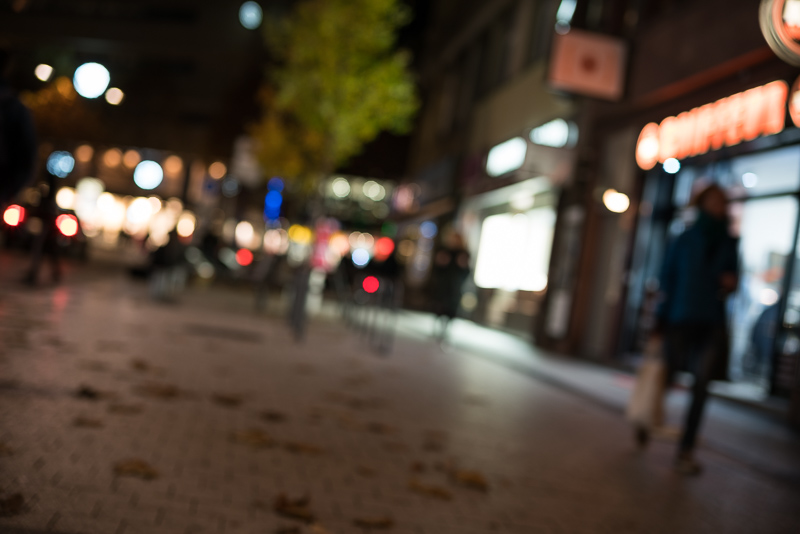

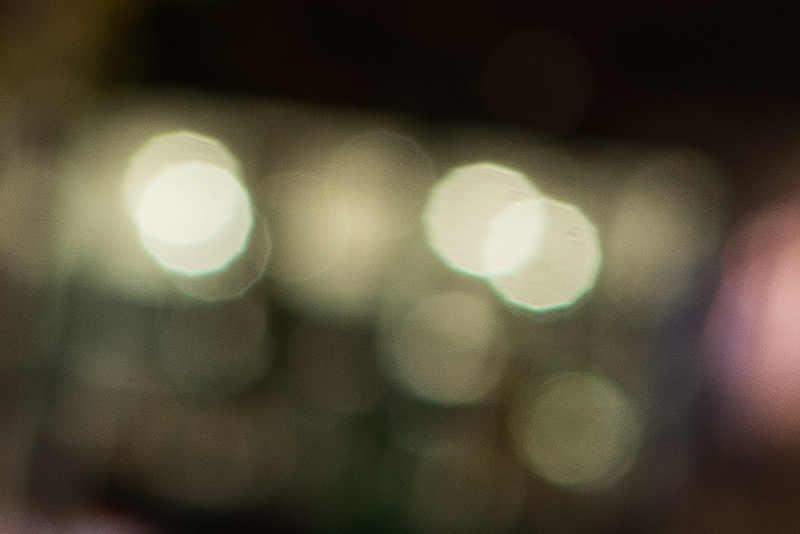
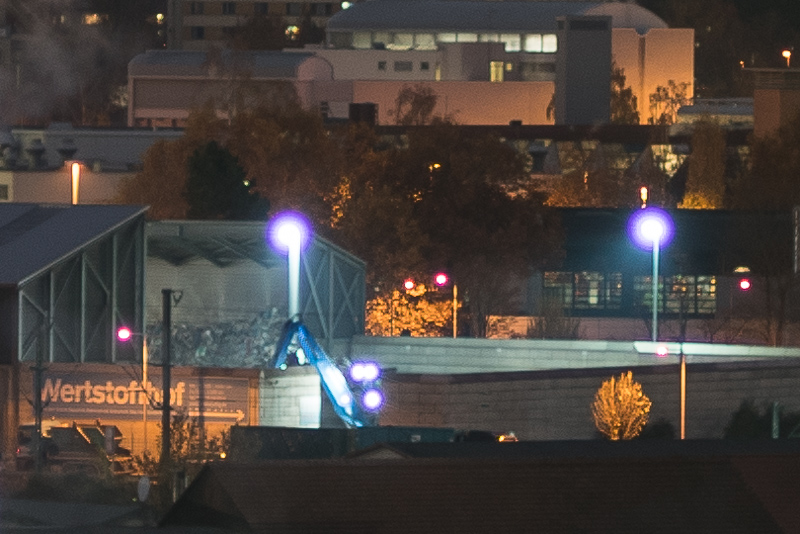

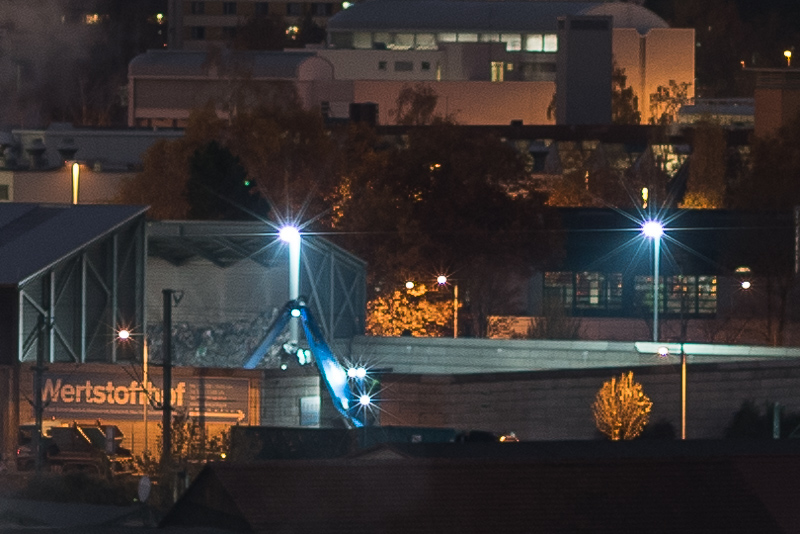
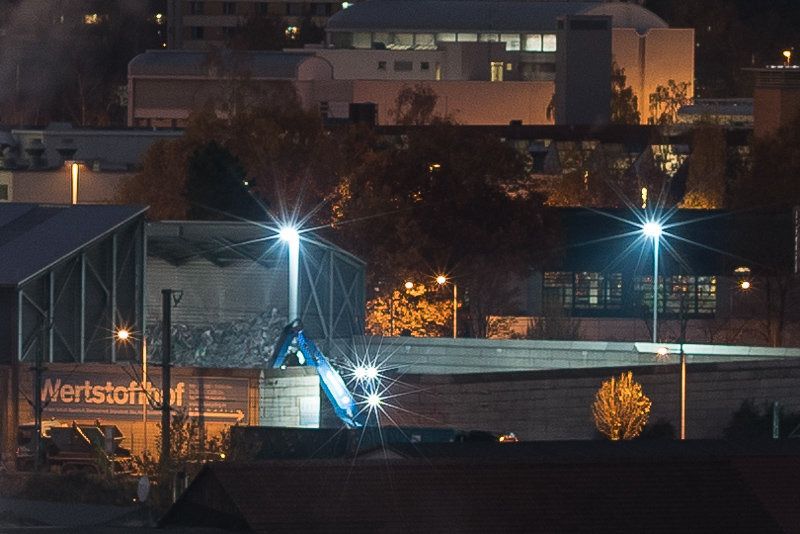
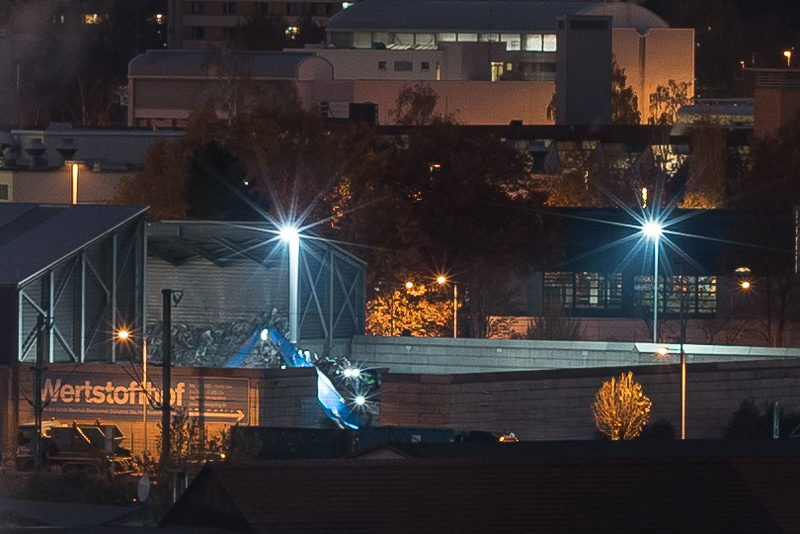
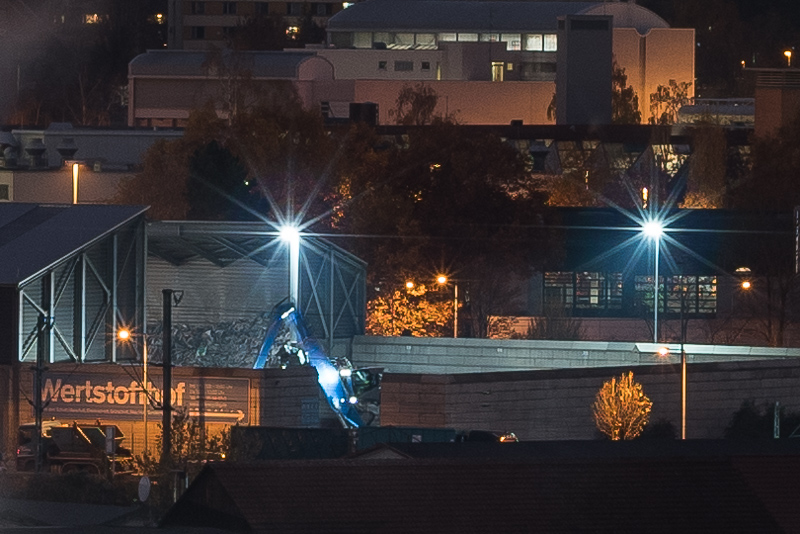
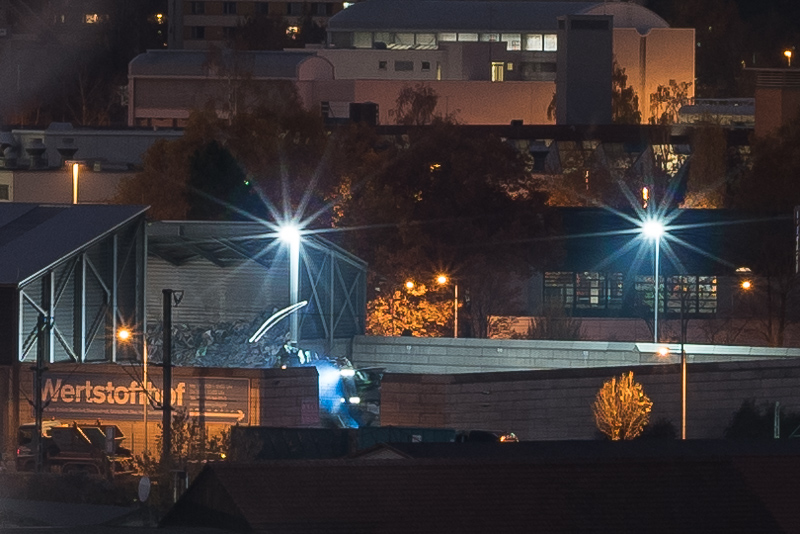
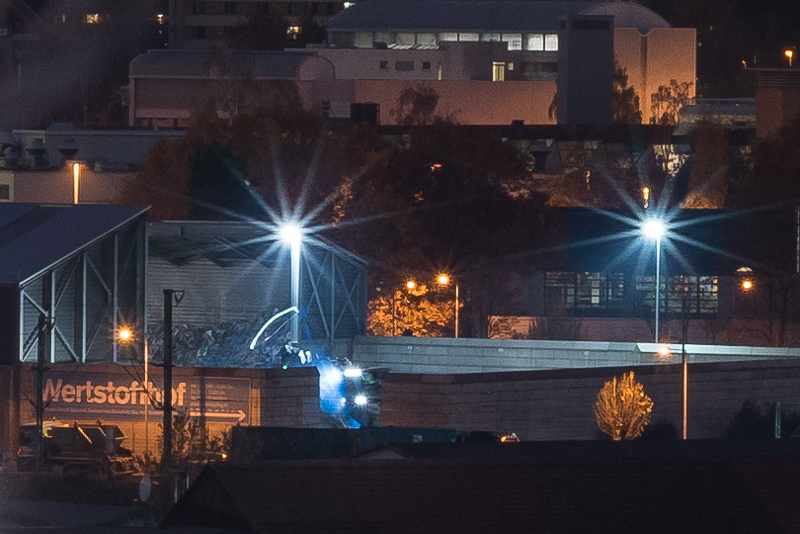
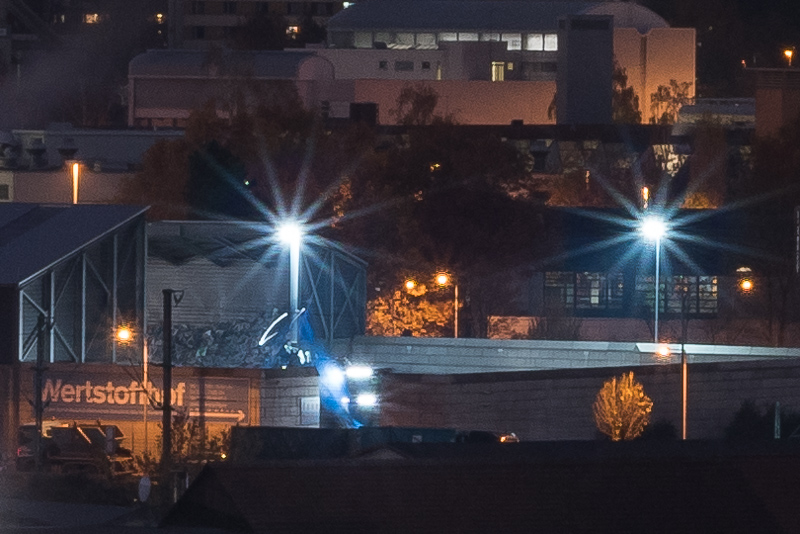

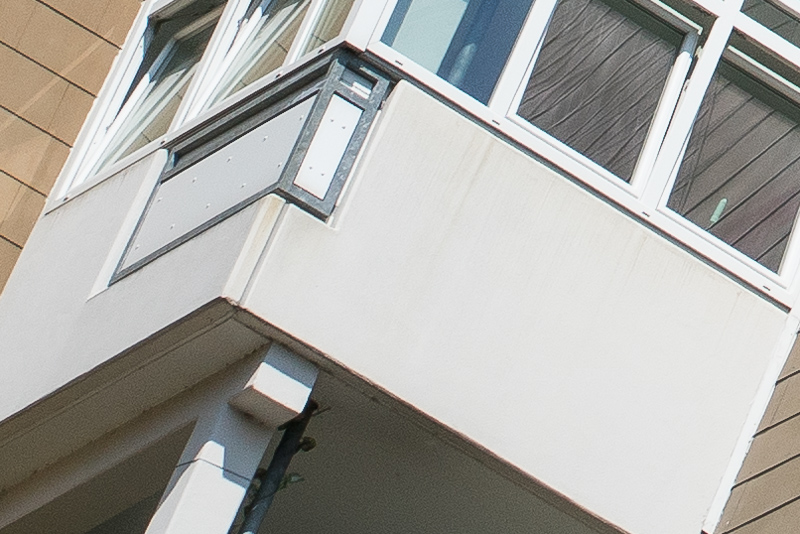


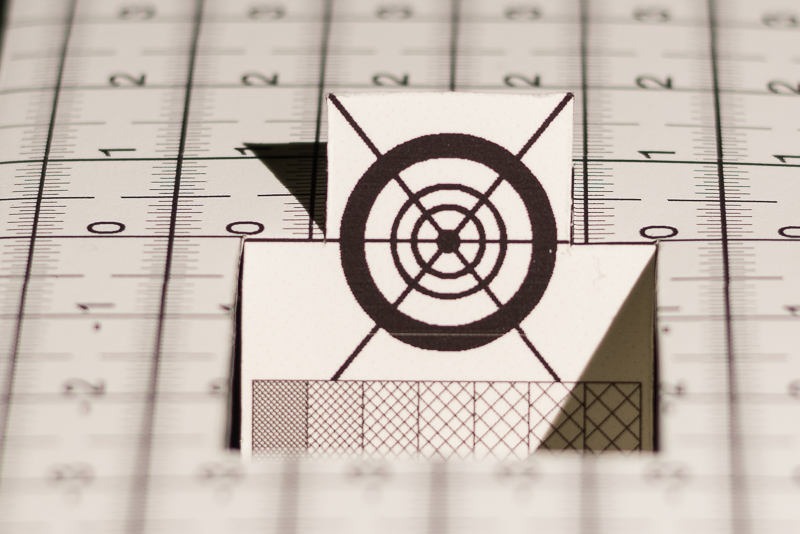
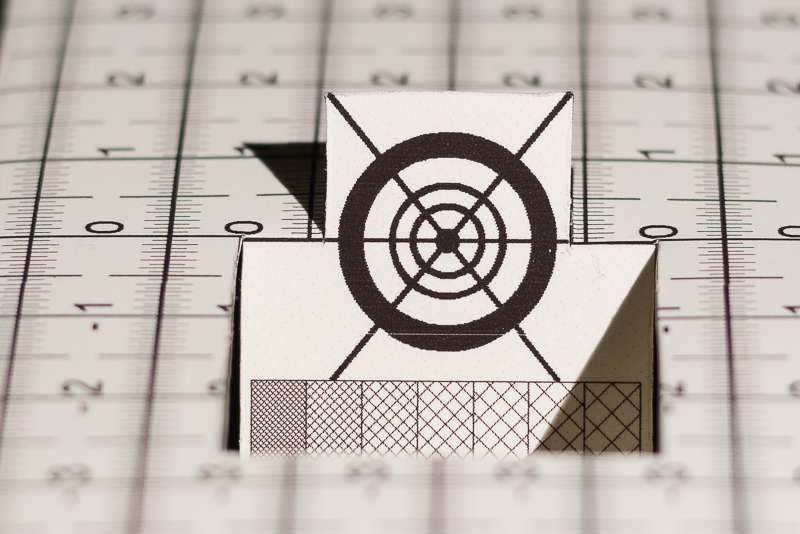
I can’t believe how this lens can weigh only 440g. Great review and I’m definitely into this lens. Thanks.
I got a question: is the field curvature of this lens less than 40 1.2?
Yes, especially in the extreme corners.
I think this addition to the sony line up is great and could probably complement both landscape & portrait use in a MF kit. Having the Loxias 25 & 85, this would be a nice ‘in between’ lens.
Yes, I totally agree.
I’ve been using this lens for a couple of years now and it is easily my favourite and most used lens.
Glad you like it 🙂
Great review only wish these were more affordable. By the way there is a small spelling mistake at the beginning, “obviously – the E-mpunt version features electronic contacts”. Do all bright lenses below 1.8 have this dreamy effect and low contrast?
This lens is optimized for portrait distance wide open (which makes sense) and here it is less dreamy than the crops at infinity or minimum focus distance show.
Most of the Sigma Art f/1.4 lenses are more contrasty at most distances already at f/1.4.
Thanks for the response, Bastian.
Hi,
I am torn between the 50 1.2 E and 40 1.2 E.
I know it’s reported above that it’s down to your one’s preferred focal length but I have no experience using a 40mm.
From sample images it seems as though it’s suitable for, portraits, indoor shots (50mm could be limit) and general street shots.
I will be using it for all of the above and like shooting in wide apertures a lot, so have ruled the Loxia lenses out for this reason.
I will be getting a 25mm for any landscapes and architecture shots and also have a canon 50mm nFD 1.4 which makes me think I should really consider wider the 40mm as an all rounder.
Do you think this 40mm focal length would suit my requirements better than a 50mm?
Very subjective I know…
I would not carry 25, 40 and 50 at the same time.
Maybe have a look at our article “Building a lens kit”.
Can’t tell you which lens works better for you, but I doubt in either case you would still be using that 50mm Canon FD lens.
Hi Bastian,
I agree, I doubt I’ll use the nFD once I get my hands on either Voigtlander.
I didn’t mention previously that I’d be including one of my DSLR lenses I’ve collected depending on where I am going etc;
– 35 f/1.4 L
– 85 f/1.2 ii L
– 135 f/2 L
However, from reading the the “Building a lens kit” article (which was a great read), I think I will go with the x2 gapping you mentioned and opt for:
– Loxia 21 2.8
– Voigtlander 40 1.2 E
– Canon 85 1.2 L
And use the 135L if I feel like I’ll need to get closer.
In respect to the 40mm, i’m just nervous of buying a focal length I’ve not used before but probably have to bite the bullet, I feel it would be a better all rounder than. The 50mm for use in the city.
Some of a broad spectrum of images I’ve shot if you fancied a gander.
https://flickr.com/photos/35662565@N02/sets/72157650379752260
Cheers
Yeah that sounds like a good setup 🙂
I have often used Loxia 21mm 2.8, Voigtlander 35mm 1.7 and Sony FE 85mm 1.4 GM.
No need to replace those Canon lenses.
Awesome, instills confidence to seperately with the money.
And love the canon glass, couldn’t say bye to them.
By the way, love the brenizer method bicycle shots on your Flickr.
Happy shooting.
I have no experience with 50mm, but love my 40mm 1.2 lens. I also have Zeiss 55m 1.8 autofocus lens, but in last 4 months since I got 40mm, the manual focus lens stayed on my A7sii (for still photography) all the time. I love 40mm focal length because it nicely balances between 35mm and 50mm (which I loved to carry all the times with Nikon). 50mm is nice, but sometimes it can be very tight and also the main reason to carry 50mm was to create nice bokeh which could have been difficult with 35mm. With 40mm, nice bokeh is easy, for some portraits to street this focal length with f1.2 aperture is the best setup in my opinion.
Also, if you’re getting a 25mm, 40mm makes more sense as 35mm doesn’t have justifiable difference in FL. 20mm, 35mm and 50mm are sweet setup, but if you’re getting 25mm 40mm can make your life more fun.
Great review, sold me on the lens, its arriving Tuesday. Like you, I don’t “need” another normal lens. But, I’m a sucker for well-built, compact, manual glass, and 50mm is my favorite focal length. Don’t tell my Jupiter 8, Sony 55, or Minolta MD/2.0 that they might not get as much use!
I am pretty sure you will like it and you are right 🙂
Save yourself a ton of money and pick up a second hand Canon 55mm FL f/1.2 for a fifth of the price. After reading this review performance seems to be identical between the two. I would be extremely angry if I paid $1100 for a lens of this performance level.
Honestly: the Canon has much less calm bokeh, way worse flare resistance and it is much bigger. Not too sure how sharpness compares.
Still, for my personal prefernece, I don´t really see an application for such a lens.
In my opinion the Zeiss Loxia doesn´t have the flaws, which come with the Voigtlander: Drastically reduces sharpness and contrast at maximum aperture and reduced corner sharpness at F8.
What stays to the Voigtlander? A special lens for special portrait from F1.2 to F4?
I consider the bokeh of the 2/50 Loxia to be rather ugly, loCA correction is worse and the lens has a severe midzone dip at infinity, so I wouldn’t use it at wider apertures than f/8.0
What stays to the Loxia?
When I use it for landscape I always go for f8.0 there are only few reasons to use faster apertures.
And still I am not convinced by the so called “ugly bokeh myth” of the Loxia as a Planar-Design.
YES, it can have a strong outlining when put against strong point light sources. But from my experiences with the Loxia, this can also be very pleasant for the look of portraits. And i don´t really find more to criticise in matters of bokeh.
And still it has very high contrast and sharpness in the center of the frame at f2.0 which is very important to me.
This would make me always choose the Loxia before the Voigtlander. But as I said, this is a personal choice.
Bastian: I have a specific question to make, if you’re so kind.
Nokton 50 1.5 Aspherical is currently one of my favorite lenses. It’s sharp enough, it’s compact, and I like a certain classic feel to it in the bokeh. In order to afford 50 1.2, I’d need to sell this 50 1.5 first. Would it be safe to expect 50 1.2 to be similar overall in rendering, but faster and perhaps sharper? I mean, would it be redundant to have both? (which is what I’d hope them to be, to sell one I like so much to get the other!).
Many thanks!
50mm 1.2 has a less “classic” bokeh. So if that is what you are after maybe stick with the 50mm 1.5.
The 50mm 1.5 I liked on the Sony A7 and especially A7s, but already in the thirds of the frame – where I usually put my subjects – it is not a good enough performer for me on the A7rII for portraiture.
Personally, if I had both, I would never use the 50mm 1.5 again. YMMV here though.
Thank you Bastian!
Excluding the size, weight and haptics advantages: do you think this lens offers anything over the flagship 50mm f/1.4 lenses?
Not sure what 50s qualify as “flagship 50mm f/1.4” in your opinion.
As I have written in the review this is the best allround 50mm lens (without AF) I ever tried.
I mostly prefer the bokeh over the competition, including Sony Z/A and Sigma Art 50mm 1.4.
I could barely care less about slightly higher resolution that some of the huge 50mm 1.4 lenses offer at wider apertures,
as it is meaningless for my portrait pictures, but the differences in bokeh rendering are not.
Ah yes, sorry. As you guessed I meant all the recent AF lenses like Sony’s, Tokina’s or Sigma’s 50mm f/1.4.
With the CV40/1.2 (that I shortly owned, then returned but which I will re-buy because it keeps haunting me…) I found the transition zones especially with grass in the background to be too “busy”, and CA a real issue.
Maybe rather get this 50 than another 40.
Hmmm…
What would you say is the 50’s effective focal length?
Like other 50s.
You made me do it! I hope you’re happy now!
Bougt the CV50/1.2.
Here’s a thread where I compare it to the Sigma 50/1.4 Art.
https://www.dpreview.com/forums/thread/4397661
My findings: they are very very similar! Both are top-notch lenses. The Sigma has better edge resoution stopped down and is generally better below 1,5m. CA levels are surprisingly similar, rendering slightly smoother for the CV, sharpness at normal distances virtually identical on my 24MP A7III.
Unlike the CV40/1.2 which I just didn’t find good enough for its price, I’m really liking this lens despite also being stupidly overpriced.
At half the price, the Sigma is the rational choice, while the Voigtländer is for metal lens fetishists.
I’m having a hard time deciding whether I should let go of the Sigma now…
The actual (measured) focal length of the VM 50 is 49,2mm. Noticeably wider than, per say, a Summicron-M version 4 (52.2mm). Oddly enough, the latter seems to offer more depth of field at equal apertures, and is also colder and less saturated…
Could you compare its performance, Bokeh and overall rendering to the minolta 58/1.2? I am in doubt between the Nokton and the latter. Thanks
The Minolta is cheaper and has less vignetting, apart from that I see no advantages over the 50mm 1.2 Nokton.
Nokton is way more useful at f/1.2 where it also has condiderably smoother bokeh, contrast is higher, flare resistance is much better.
Thanks Bastian. I have the 24GM, Rokkor 58 and 85GM on the A7R3.
I am now very tempted by the Nokton 50/1.2 but also the APO Lanthar 60/2 is under consideration as I guess the color rendition is maybe better (especially by the lack of adapter need and the automatic magnification it allows by the electronic coupling).
Which one would you prefer if you would have the 24GM and 85GM to add in between of those both?
It should be an allrounder (macro however is not really my thing) but portraiture is important. I like the 85GM for its gentle rendering on portraits, how do the Nokton and APO Lanthar compare on that (skintones, rendering, bokeh …)?
Tx
Peter
Get the 50mm 1.2E, it is very comparable in terms of rendering to 24GM and 85GM.
You won’t be disappointed.
Dear Bastian, thank you for great review! I’ll be using your link if I decide to buy a next lens for my camera in US web store (btw, where’s Amazon.com?).
How do you think, does it make much sense in replacing FE55/1.8 to this lens? I’m not a huge fan of manual focusing, I must admit. Neither I like the absence of weather sealing in Voigtlander lenses. In backcountry trips my camera is often covered by layer of condensate, like when it’s 0°C in the night, and in the morning it suddenly becomes +20°C when the sun rises and heats up my tent. Or if it’s raining for days, everything becomes more or less wet, including the camera.
But I like shooting with very shallow DOF, while I don’t have enough space for convenient shooting with 85+ mm lenses. So I don’t really know, whether Nokton 50/1.2 is good for my tasks.
BTW, have you considered Zenitar E 50/0.95 for the review?
Last time I checked the lens was not listed on amazon.com, now it is so I added the link 🙂
The weather sealing, honestly, I think is mostly a marketing gag.
I am pretty sure any Voigtlander lens will do better in those conditions compared to the Sony Z/A AF lenses with all the electronics.
But: if you are not used to manual focus then making the switch might not be such a great idea.
I know have years of experience with manual focus, the jump from an f/1.8 AF lens to a manual focus f/1.2 lens is a big one.
I would like to review that Zenitar 50mm 0.95 E.
I contacted Zenith/Shvabe serveral times already but I never got a reply.
Maybe I have to ask in Russian?
Thank you for your opinion! I’m afraid that a manual normal lens is more like a toy for me at this stage, not a true photo instrument. But, I have a personal story when I purchased Peleng 8/3.5 fisheye, fell in love with such kind of lenses, replaced it to Sigma 8/3.5 and finally to Canon 8-15/4L. The latter one is priced well above a “toy” level. 🙂
In March, 2019, I successfully contacted Zenit via this e-mail address: info@zenit.photo. They responded after 7 days though. I don’t really think that understanding the English would be a problem on their side. They’re running the English website, so there positively shall be someone who speaks English. I hope you’ll be successful at the end, as speaking of manual lenses, your website is an information source #1.
Different from the one I had so far, so will try my luck 🙂
BTW the Zenitar E 50/0.95 has recently advanced its price by 13% versus initial cost in spring.
I wrote an E-mail to the address you gave me but never got a reply.
Sorry to hear that…
https://1drv.ms/u/s!ApChBCAABuR-hfQpy-i5gLjfWUEG5w
Just bought my own copy. Sorry, I can’t use your affiliate links due to my regional Voigtlaneder lens distributor reject customer service for international purchases. I can’t support your effort with your affiliate links, but at least I can leave a comment about my sincere gratitude
Thanks for making me choose this lens
… well das objektiv so gut ist.
You are welcome.
And I agree: it really is 🙂
Hey Bastian!
Trying to decide between this Voigtlander and the Mitakon 50mm f/0.95 III.
For the Voigtlander, with its 12 straight aperture blades, you mentioned that “Despite the straight blades you can rarely see point light sources are rendered as 12-sided figures instead of circles.”
For your Mitakon, which has 11 straight aperture blades, you said that it has a huge negative impact from the 9 rounded blades from its second version.
Wondering in your opinion how bad is Mitakon’s bokeh for stopped down shooting in various scenarios (e.g. portrait, point light etc…)? Would it be comparable to the Voigtlander’s bokeh?
Thanks!!
The Voigtlander is a great allround lens while the Mitakon is a specialty portrait lens.
Therefore this bothers me more on the Mitakon compared to the Voigtlander.
If you care most about stopped down bokeh I would be getting neither.
Hello Bastian,
can you say something about the coating of the front lens?
Another question, how does it look with weather sealing?
Thank you in advance.
I have no idea what you want to know about the coating.
But I have no idea either what I could tell you about it if I knew.
Apparently it is very good, as this is one of the few 50mm lenses with good flare resistance.
Regarding weather sealing, I already answered that question before, so I will copy it here:
The weather sealing, honestly, I think is mostly a marketing gag, as no manufacturer will pay for any defect due to water getting in the lens anyway.
No matter whether the lens has weather sealing on paper or not. If you care about that: better get an insurance.
Apart from that I am pretty sure any Voigtlander lens will do better under rainy conditions compared to the Sony Z/A AF lenses with all the electronics.
Phillip, this is the best review I have ever read. Not because this is the best lens. But rather because, after reading literally a hundred different reviewers, I could not believe how much I learned from clicking on the different apertures. I hate when a reviewer has a portrait lens with no people in the review…or worse yet, people in the review but not at the classic distances for that lens. I must say that you show great knowledge from simple examples. Sort of like Einstein’s E=mc2. Simple means you truly understand, not the subject, but rather how to teach. Well done lad! My hat tip to you. Thank you so much for brightening my day and re-envigorating my photography hobby beyond my love of GAS…;-).
Thanks for the really nice compliment 🙂
How would you rate the CV 50mm 1.2 against the CV 65mm 2.0 macro?
This is like rating a station wagon against a sports car.
Think about what you want to use the lens for and then it should be very apparent which one is more approriate for your needs.
Hi, did you ever used the Summilux R 50 (E55 filter thread version, not the latest) and if yes, how would you compare it?
I haven’t and I have also very little interest to do so in the future.
Theses old Leica lenses are very simple designs without aspherical elements.
The bokeh will be harsh, the sharpness fall off will be much more significant,
flare resistance will be worse and it is not even significantly cheaper because
of all the Leica collectors.
I agree prices are not very reasonable however they keep their value so not so much risk to loose money in buying and reselling as with this voightlander. I am not looking for optical perfection in particular (sony zeiss ge 50/1.4). It needs to be good but bokeh, light fall off, color and skintone rendition on the sony and character come into play as well.
This is a great review. Perfect for this lens. And your questions to yourself are exactly the questions I had and even though I am still not decided (replace my lost and loved 40 or get another 50ish lens I don’t really need but now really want) it’s nice to know my dilemma is not just in my muddled mind. Anyway, I need to decide soon as I have a trip coming up. The superb and compact efficiency of the 55/1.8 is not what I want for this trip – although I’ll definitely be taking it along too for action and when I have had to much wine for manual focus.
Thanks!
As you can probably guess there are many lenses that I have used by now (117 by my counting)
and quite of few of those have been review samples that I was only able to use for a limited time.
Some lenses I don’t mind sending back, as reviewing them wasn’t really fun.
And many lenses I don’t really miss after sending them back.
This is not true for this 50mm 1.2 (actually for both, E and VM):
I found it to be really useful and at the same time also very enjoyable to use.
The only reason I don’t have one is that it doesn’t really fit any of my kits at the moment.
So the million dollar question: what are your kits right now, Bastian? I respect your work & reviews and I’m quite sure your answer will be useful for a lot of photographers out there.
Ah well, let me first say it is not necessarily a good idea to copy someone else’s kit.
What works for me is not necessarily what works for someone else.
Nevertheless I am happy to answer that question.
Not much has changed compared to this article.
Travel and architecture kits are still the same. For the travel kit I have a bit of hope for Laowa’s next UWA lenses, I really want something wide with nice sunstars, good flare resistance and filter thread.
Portrait/Wedding kit, there are a few changes though, it is now Sigma 35mm 1.2 Art, Sony FE 85mm 1.4 GM and Canon EF 200mm 2.0 L IS.
I do have a few more lenses that see occassional use but are not standing part of any kit: Laowa 15mm 2.0 for astrophotography, Sigma 150mm 2.8 for all the product shots you see here, 7artisans 28mm 1.4 FE+ and MS-Optics 135mm 2.4 Aporis when I feel like using small manual lenses.
Zhong Yi 50mm 0.95 II might see a little less use now, thanks to the Sigma 35mm 1.2 Art.
Fantastic review. The details about wide open performance at infinity were just what I was looking for. I have been researching the Web for an optimal solution for night aerial photography. Bought the Sigma 35mm f1.2 to pair with Sony A7 iii. The focus by wire was dreadful in the night. Great lens supposedly but of no use for my purpose. So again I was back to the research. This review really helped me in making up my mind to buy the Nokton 50mm f1.2, because it clearly states that the performance at infinity is reasonably good. Almost all reviews of all fast lenses talk only about close focus and bokeh. This was only one of the two reviews that I read which specifically tests the lens wide open at infinity. That is what the lens needs to be at for night aerial photography…. I am going to fix this one at infinity with a tape. Thank you very much friend. Truly appreciate your efforts.
You are welcome, hope it fits your needs!
Does the 40 correct for coma better than the 50? I read both reviews and it says 40 is superb by 2.8 and the 50 excellent by f4.
No, not a meaningful difference.
The Sigma looks outstanding. It pays my attention: you don’t own either the cv 40mm 1.2 or the cv 50mm 1.2 (after reading your review this second one is my next mf lens) and none of the native cv lenses, if I’m not mistaken.
Well observed.
The CV 40mm 1.2 E, I don’t like the abrupt sharpness drop off close to the corners and the onion ring bokeh.
The CV 50mm 1.2 E on the other hand is an amazing lens, I am just not that much of a 50mm guy. That is the only reason I don’t have one.
65mm 2.0 and 110mm 2.5 are optically outstanding but I don’t love the bokeh too much (I think lenses without 100% apochromatic correction often have nicer bokeh) and the focal lenghts are a bit in no man’s land for me.
21mm 3.5 and 21mm 1.4 are of little interest to me thanks to the Zeiss Loxia 21mm 2.8. If I had to choose today I might get the 21mm 1.4 instead, but as it is there is no point for me switching.
40mm 2.8 (the one you need a close focus adapter to focus): nice because tiny, but I miss click stops on the aperture ring and it is a bit too slow for me.
10mm 5.6 I was using for a long time. I sold it in anticipation of the Laowa 10-18mm, but that did not fully convince me.
12mm 5.6 lacks a filter thread and is discontinued.
15mm 4.5 I would have to cut the hood off and I am hoping for the next generation Laowa 15mm 2.0 to combine f/2.0 with nice sunstars.
35mm 1.4 Classic is one of the worst lenses I ever reviewed.
I still hope we will see a reincarnation of the 180mm 4.0 Apo Lanthar though…
Everytime I spend a long time with my favorite FLs (25, 35 & 85) and go back to a 50mm have exactly the same feeling: this FL is not for me. Then I use it and get used and think exactly the opposite way. Besides, this CV 50mm apparently has a better (softer, nicer) bokeh than my Sony Zeiss 50mm 1.4, and considering that I love the size, the rendering and even the not to high price, it will satisfy my GAS for a while.
Fred Miranda complements your point about the 65mm, even considering it one of his most beloved lenses: maybe too perfect for his taste.
I read here that the aperture ring can be declicked and the hood has a filter thread.
I have this lens and the hood doesn’t have the thread, nor can I declick the A ring? Am I missing something??
Thanks!
Is it possible you are using the M-mount and not the E-mount version?
Nope I have the E version
Do you know how to declick the aperture ring?
Quote from my 4.5/15 review: “there is a small ring next to the aperture ring, you can pull it forward, turn it by 180° and thereby change between click stops and clickless aperture (white dot on top: click stops, yellow line on top: clickless)”
With the hood mounted, can you attach the lens cap? That is where there is also a filter thread.
Indeed no I didn’t know how to do it and therefore only tried certain things, now I know and it works so thank you for that! Ironically I never want declicked but still wanted to try.
Oh I also misunderstood when you said “the hood also features a 58mm thread for attaching filters even when using the hood.” I read this as meaning the thread would be at the front of the hood not at the rear, which is where indeed it is.
Apologies for wasting your time! But I now have answers so thank you ! 🙂
Thanks for creating and sharing this review. I am interested in using this lens on a Nikon Z6. But I am not sure about getting the E or the M-Version. I guess the E-version works better on the Z6 because the flange distance of the Z bayonet is only 2mm larger than of the E bayonet.
However the M-version is smaller and more versatile (e.g. I could adapt it onto a mFT camera in order to use it as a portrait lens).
Could you comment on the benefit of the E-version over the M-version regarding manual focus information? Is there anything that is only possible with the E mount version?
If I remember correctly the E version focuses noticeably closer.
Thank you! This could be fixed with a close-focus-adapter. Voigtländer has announced one for the Z mount and if I get it before I could use a Novoflex adapter until the close-focus-adapter is availabe.
If there is no (significant) drawback in optical performance or manual focus aid due to EXIF data, I would go for the M-Version of this lens on the Nikon Z.
I know too little about the Z series cameras and the tech art adapter with electronic contacts to tell you if there are further benefits from using the E-mount version (except for the possible corner sharpness benefits of the E-mount version).
A general remark: it would be nice if you would include in the specifications if a lens has electrical contacts and if so, what EXIF data are transmitted to the camera. It’s the first thing I check for. These days with the large amount of lenses offered, I immediately skip lenses without electrical contacts; in such cases, I’d rather spend less and buy a legacy lens.
Keep up the good work, I read each and every review on this site!
Tricky to choose between the VM and FE, seems the only difference is slightly worse corners on the VM at widish apertures?
Has anyone tried using it with the Techart Pro? AF, even if not perfect, would be nice.
Dear Bastian,
Thank you for a most interesting review as usual.
A relative tried this lens on an A7 R II and did not get any exifs.
Would you perhaps know the explanation and how to possibly fix this, please ?
Thank you so much.
Either he has been using the Leica VM version or lens or camera are damaged.
Hello Bastian and rest of the team,
Thank you for the in detail review of this CV. Great work as allways with beautiful sample and a lot of information.
BUT I’m still missing one bit of information. Since you guys tested a lot of F1.2 and brighter lenses could you try to evaluate the light transmission too? Those F1.2 lenses scream for low ligth usage and that is where I would use them. But not allways is a wide aperture as usefull as it seems in low light. Lately I’ve got a Konica Hexanon AR 50mm F1.4 but wide open my A7R3 is using the same speed in aperture mode as with my Sony FE 55mm F1.8 wide open. I guess it is only T1.8. So it is only as usefull as the Sony but the Zeiss is sharper wide open by a huge margin.
I would be interested if the CV40mm and CV50mm have a better T-Stop wide open.
I wouldn’t know how to measure with the equipment available to us.
It is not that difficult as you might think. The only number that counts is the T-stop of your lens wide open. Unfortunately F-stop and T-stop are not equal for most lenses. There are almost no online resources where you can find the measured T-stop of lenses. But why pay for an F0.95 or F1.2 block of glass if it is as bright or only 1/3 stop brighter than your small, affordable F1.8 workhorse lens? ( bokeh? 😉 )
As I see it all you need is the auto exposure of your camera. If you want to test a lens than dial in a fixed ISO (6400) and shot the same (dark) scene with different appertures and let the camera choose the speed. By going from one stop to the next the speed should go up or down by factor 2. By going for example from F5.6 to F1.2 you can evaluate if the lens gets darker wide open.
For example my simple test with the ZS 55mm F1.8 and KAR 50mm F1.4:
* same scene
* fixed ISO64000
* spot metering
* F5.6 = 1/8s (ZS), 1/10s (KAR)
* F4.0 = 1/15s (ZS), 1/20s (KAR)
* F2.8 = 1/30s (ZS), 1/40s (KAR)
* F2.0 = 1/80s (ZS), 1/80s (KAR)
* F1.8 = 1/100 (ZS)
* F1.4 = 1/100 (KAR)
By doing a simple math I would say the KAR has roughtly a T-stop of T1.8. For practical use you will gain no extra stop over the ZS in low light.
That is only a rough test. You might experience situations where 2 lenses might produce different bright images wide open. So by brighten the darker image of this one lens you loose 1/3 stop. Or you have to be carefull that no light sources comming from the side of the lens might corrupt the test. But you guys have more experience with doing lens tests than I have.
At last let me say that it would be very interesting to compare old and new lenses in this regard. Maybe fare
vintage lenses worse than new bright lenses because of better coatings and better glass? Is the new Sigma 35mm F1.2 the best low light lens? We don’t know.
Hi Bastian
Thanks for the review, i bought the lens after reading your review as 50 is my favourite FL.
The focus ring of my lens seemed a bit jarring/heavy at couple of points when the lens came. It seemed to loose the damping or required extra effort at those places. Is the focus ring supposed to be uniformly dampened?
I gave a good work out to the focus ring and it seems fine and smooth now, though i am always looking for that experience on the back if my mind.
Thanks again,
Nde
Whenever I encounter uneven resistance across the focusing range it is mentioned in the review,
so no, here I did not experience anything like that.
I am still waiting for a good deal on this lens, every few days I check for offerings on the german B/S boards…
I’m torn between 50mm f1.2 and 40mm f1.2.
I have 24GM.
Helppp!
Thank you!
Get the 50.
Hi Bastion,
I’m really torn between the VM and the E version for my A7Riii. I find the VM version much more aesthetically pleasing than the E, and somewhat simpler. But it seems, from your review, that the E reflects some significant improvements. Can you tell if the image quality is at all different (besides the softness in the corners?
In terms of image quality the differences are mainly the softer corners.
Handling wise the list is quite a bit longer.
Interestingly enough it’s even usable for ultraviolet photography with a Baader uv pass filter and a modified camera. So the lens coating is not perfect. I would therefore recommend to use a uv filter for analog photography with this lens.
Hey Bastian,
Great review – as always from you guys – thanks so much for all your effort!
In regard to character portrait shootings: What would you prefer, the Nokton or some of the Canon nFDs 50 or 55 on a A7 (AF not compulsory)?
Thanks a lot, Marcus
I would prefer the Nokton 50mm 1.2 over pretty much any other 50mm lens.
Hello Bastian,
thank you for that informative review. You wrote that the e-version has a slightly better coma correction than the vm-version. Not beeing an astrophotographer, but beeing very annoyed by strong coma when shooting at full aperture I think the e-version is doing a good job. As owner of the old Noct-Nikkor 1.2/58 which suffers from strong field curvature, but having a top notch coma correction I am not sure if the Nokton is really the “golden egg”. Do you know if the two Nokton versions share exactly the same optical formula, or do you have an idea why the e-version is performing slightly better on Sony cameras?
Thank you and best regards, Christian
The optics have been slightly adjusted to account for the Sony filter stack (most likely elements are the same but spacing has been altered).
I reviewed both lenses in detail here so you can check coma performance of both when used on a Sony camera.
How do you think the SE version differs from the original ?
Only the casing is different, optics are the same.
Dear Bastian, thank you and the Team a lot for this review and all the work you are putting in.
I just bought the SE Version of this lens since size and weight is very important to me. I am very happy with it in terms of Image quality! The only thing i dont yet like is the handling. Coming mostly from old lenses like fast Canon fd etc. I noticed that the focus throw is very short in comparison. I have much more difficulties to focus at wider apertures and portrait distances with the voigtländer even though it is much sharper. I have the feeling the margin for focus error is much smaller. Do you think this is a deficit of this lens or is ist just me who needs to get used to the minimal Rotation? Is it the same with the non SE Version?
Thanks in advance
The non-SE version has a focus throw of around 160°, I would guess the SE version has the same.
Generally I find ~180° to be sufficient for precise focusing and e.g. the Canon FD 1.4/50 only has 150°, so to what fast Canon FD lenses are you comparing?
Dear Bastian, thx for the reply.
You are right obviously but it is different in this way: the canons (50 1.4 1.2 etc.)take 90* from 1m to infinity.
The voigtländer only approx. 45* from 1m to infinity.
When shooting people i do so at around 1 to 3m and with the cv i have More difficulties behause i have the feeling that the slightest touch is making a huge difference. But probably i just Need to get used to it. Good to know that it is the same on the non SE. On the m-Mount the scale Looks different though. More to my liking actually. I Wonder why they Changed it for E Mount.
Thanks and keep up the great work!
The E-mount lenses have a shorter minimum focus distance and I also guess the spacing is different because of the rangefinder coupling.
I can confirm that in the 1m to infinity range a little change in focus can make a big difference.
Wow! I personally find the photos in this review extremely good. Is this the lense or the photographer who produces such beautiful photos?
If you like the pictures in all of my reviews it is the photographer.
If you only like the pictures in this review it is either the lens or the model you like 🙂
i wonder if the Sony FE 1.2/50GM has better rendering than the Voigtländer.
Afterall that lens is much bigger and twice as expensive.
Unfortunately “bigger and twice as expensive” is not necessarily an argument, one just has to look at the Canon 50mm 1.2 RF.
In this case I would expect it though, one day David may write a review 🙂
Thanks a lot for the fantastic review! One question regarding the close focus distance of the E- and the M-version. You write about the M: „…and when coupled with a helicoid adapter focuses closer.“
Is this really the case? The flange focal distance of Sony E is 18mm, Leica M is 27. 8mm. Regarding a few millimeters for the solid part of the helicoid, the „screwable“ distance is just a few millimeters, maybe 6 or 7.
The close focus distance of the M version is 0.7m, the E goes up to 0.45m, which is 1:12 vs 1:6.8. I Worldline expect just a very small difference of the maximum magnification between M plus helicoid vs E. Is this correct?
50mm M-mount lens set to 0.7m + Helicoid (I tried with Hawks Factory which has 4.5mm extension afaicr) = 0.4 m minimum focus distance < 0.45 m of the E-mount version. There are helicoid adapters up to 6 mm extension I think.
Thanks for the review 🙂
Is there another difference as the designs between the E and SE version of the 1.2 lenses?
The de-click feature for the aperture ring if you don’t count that to the different design.
I believe I spotted a mistake : in the “infinity focus” comparison, all the images look so VERY much alike that I have a hard time believing the corner performance is really that good wide open, especially as it doesn’t inprove much stopped down and also doesn’t correlate with your description in text below.
Or is this the actual performance? In that case : holy smokes!
There is no mistake.
Damn you. You just cost me 700-ish Euros 😁
You are welcome 😊